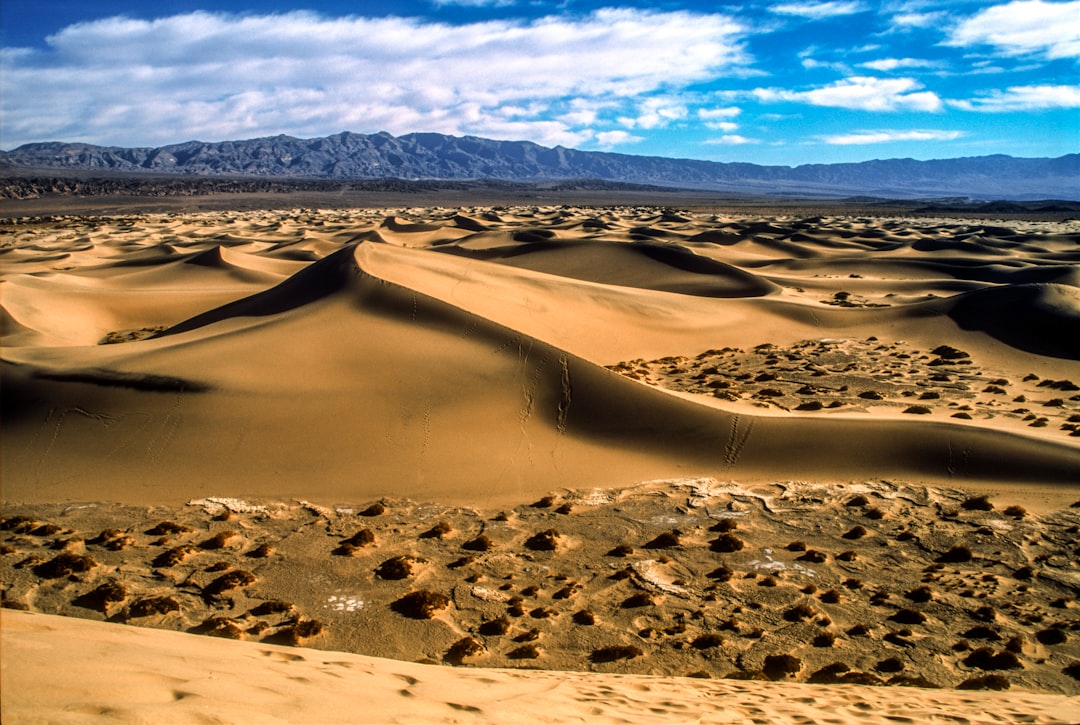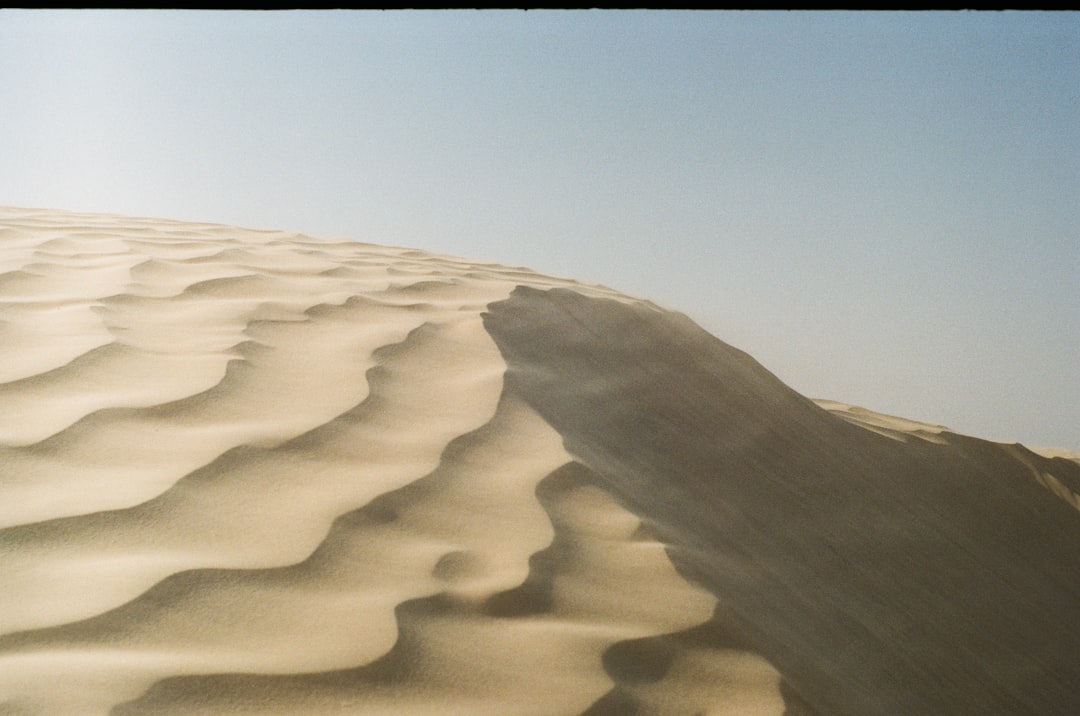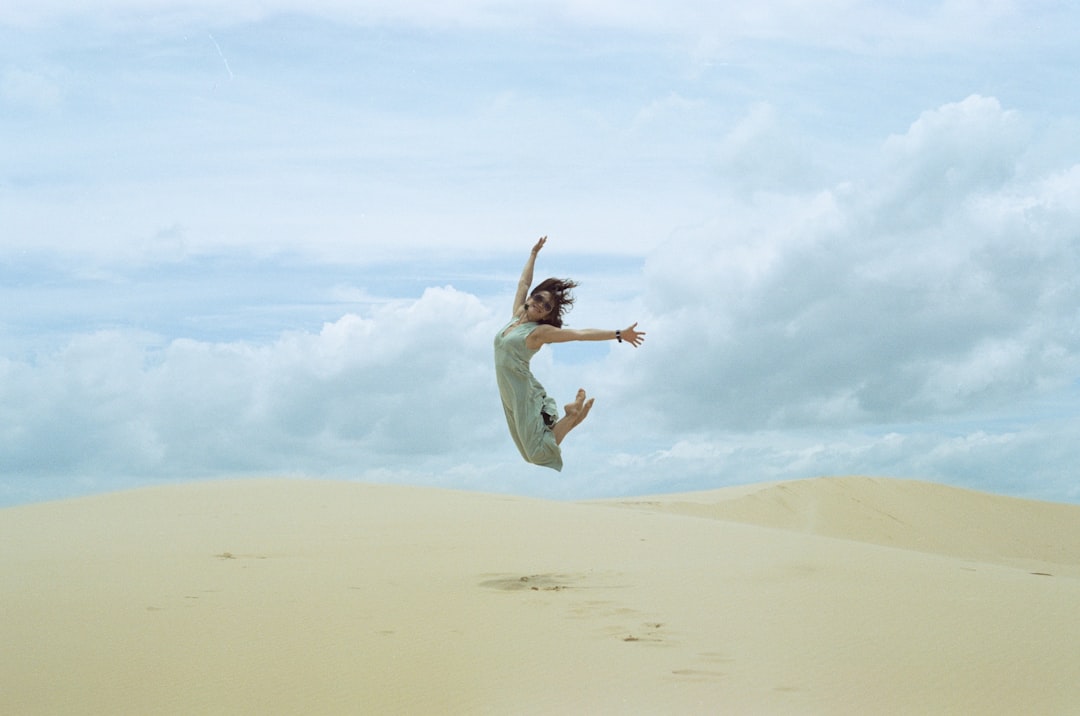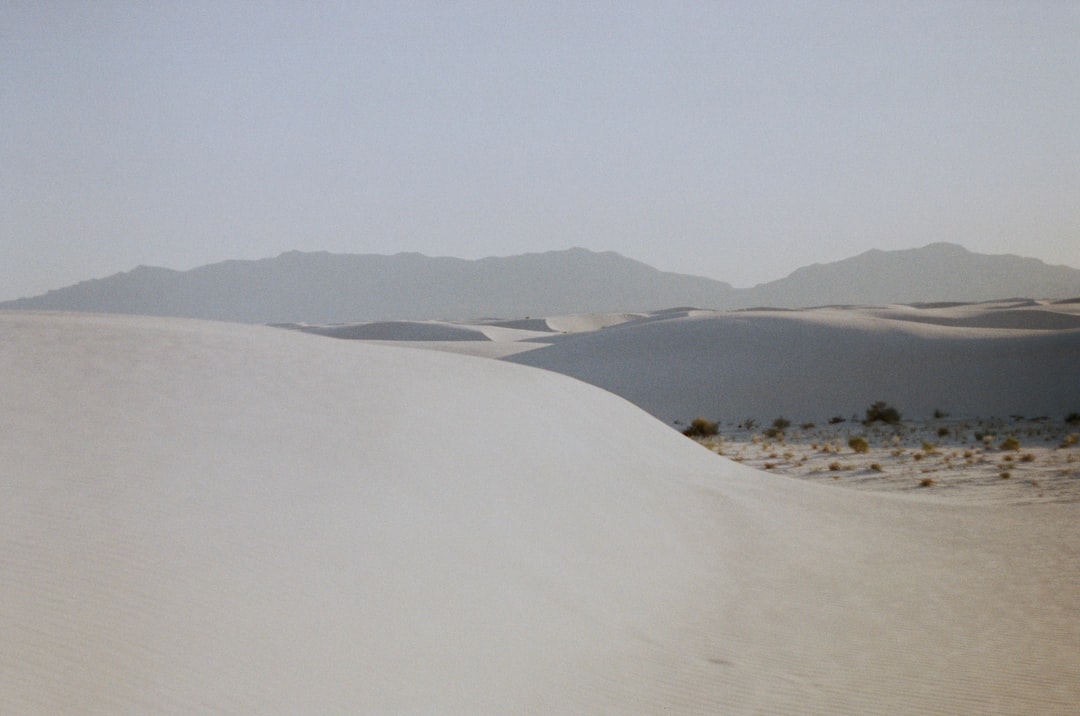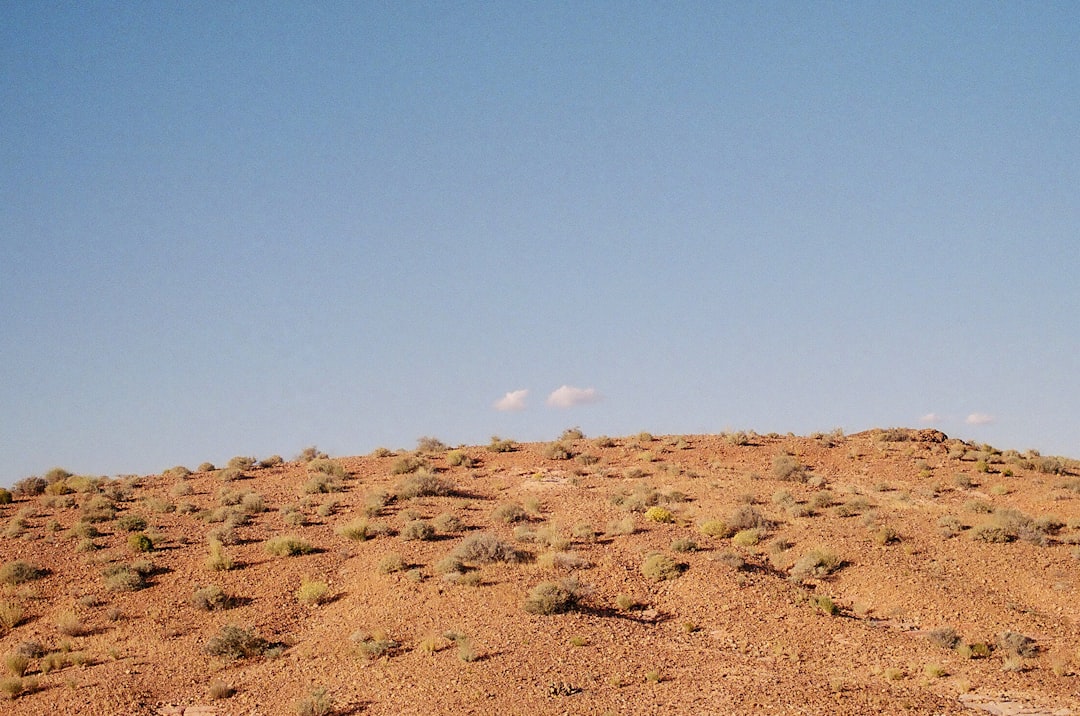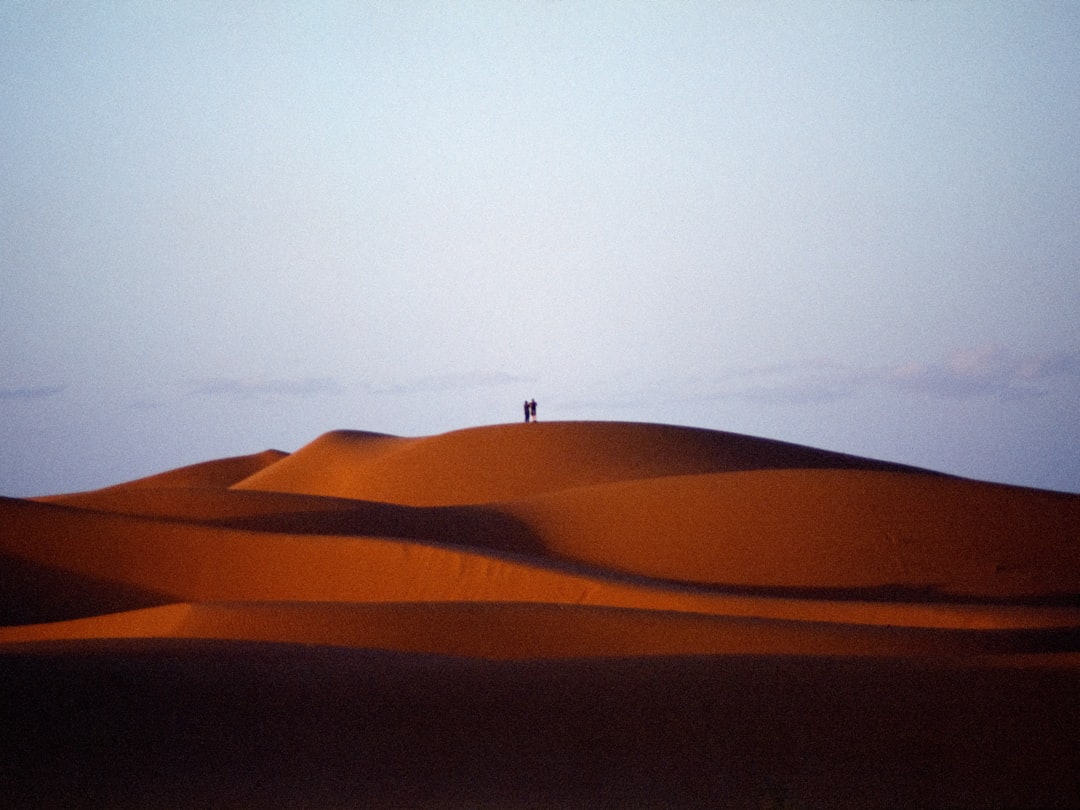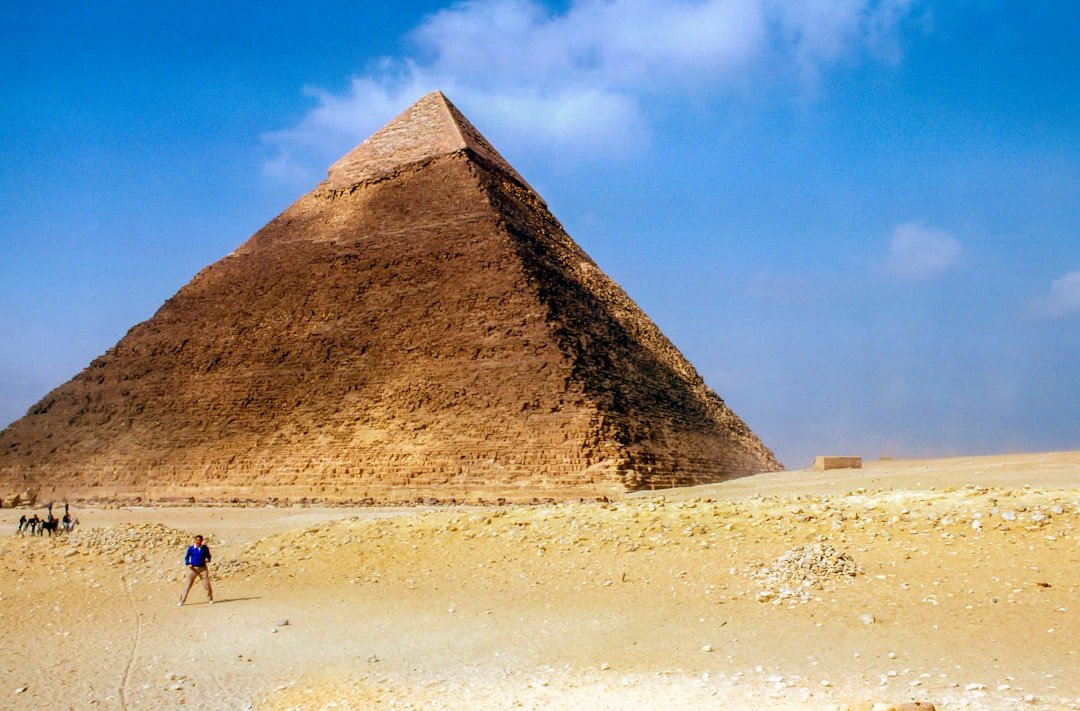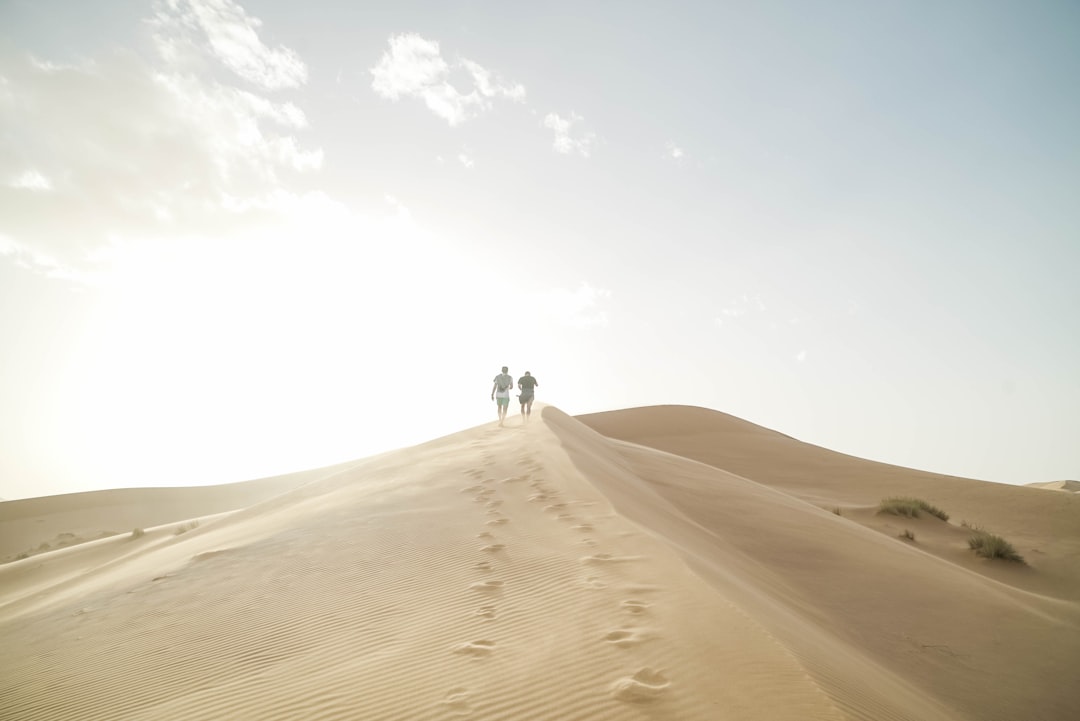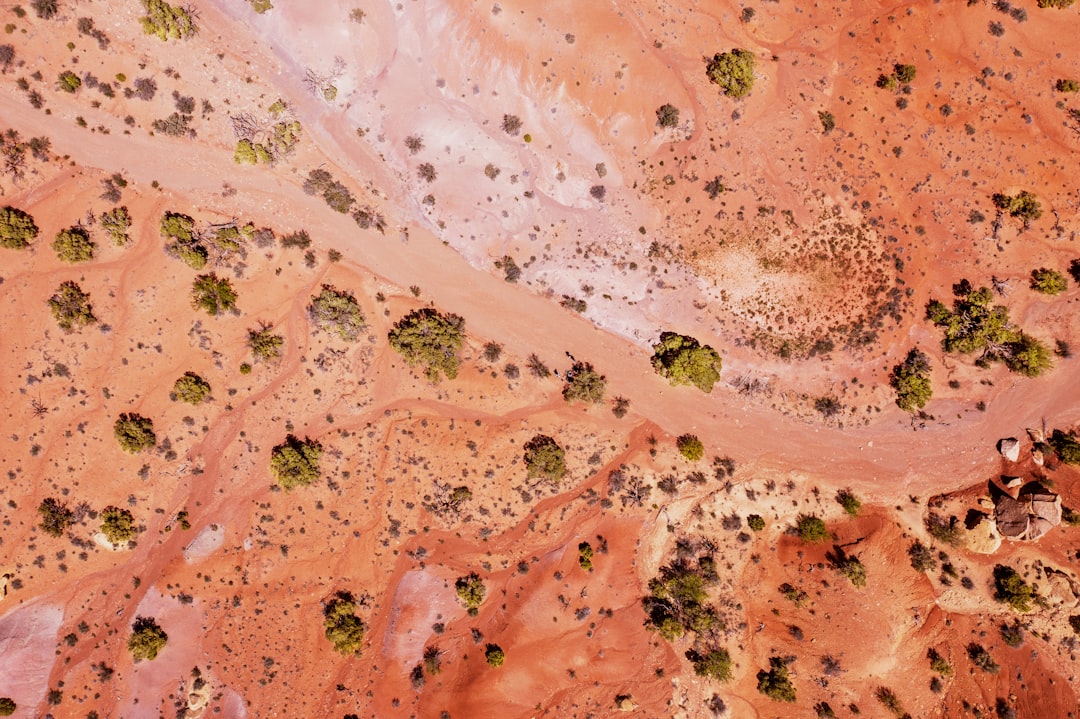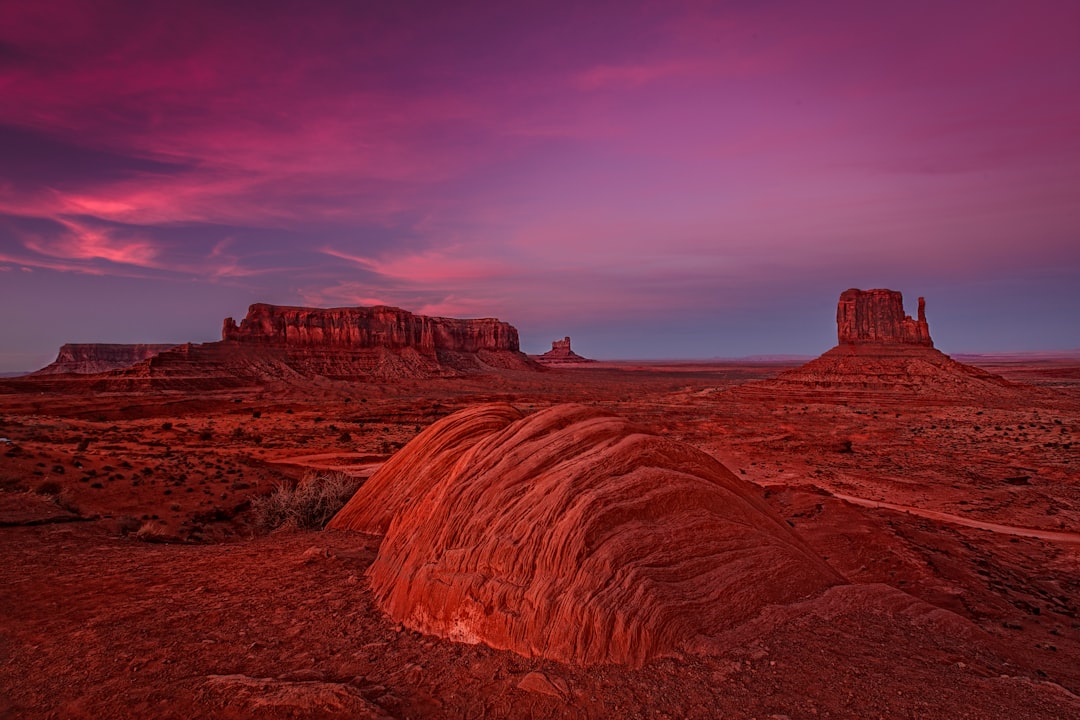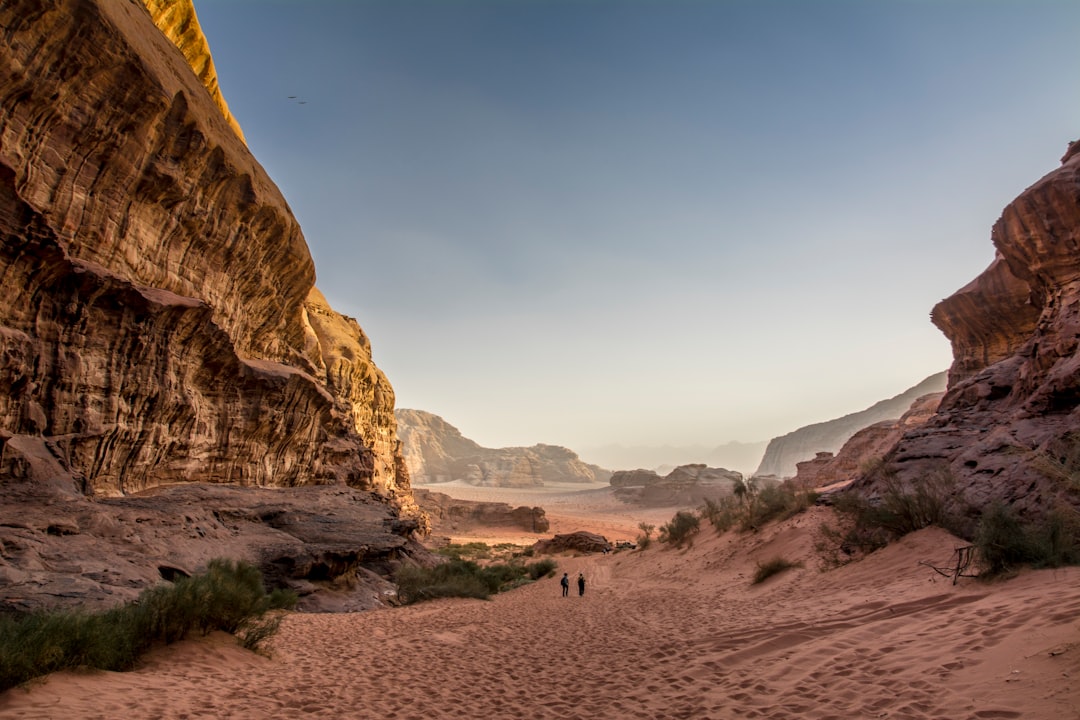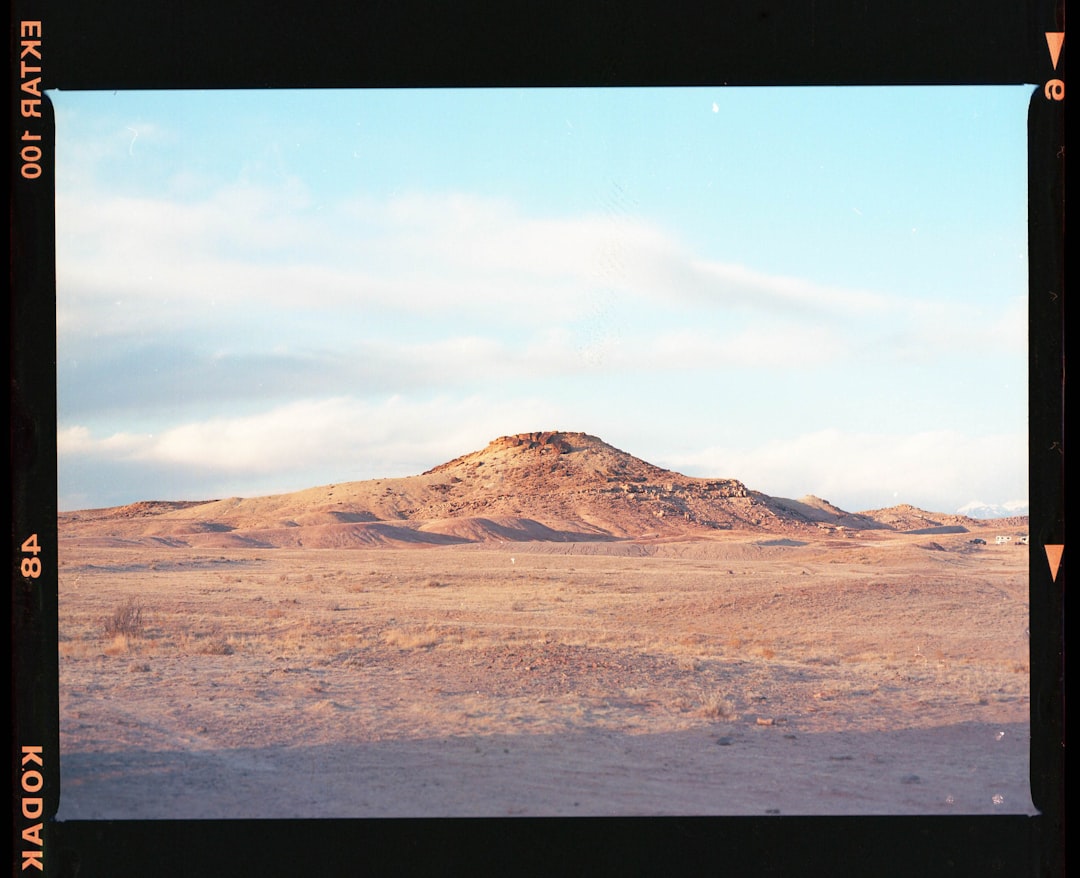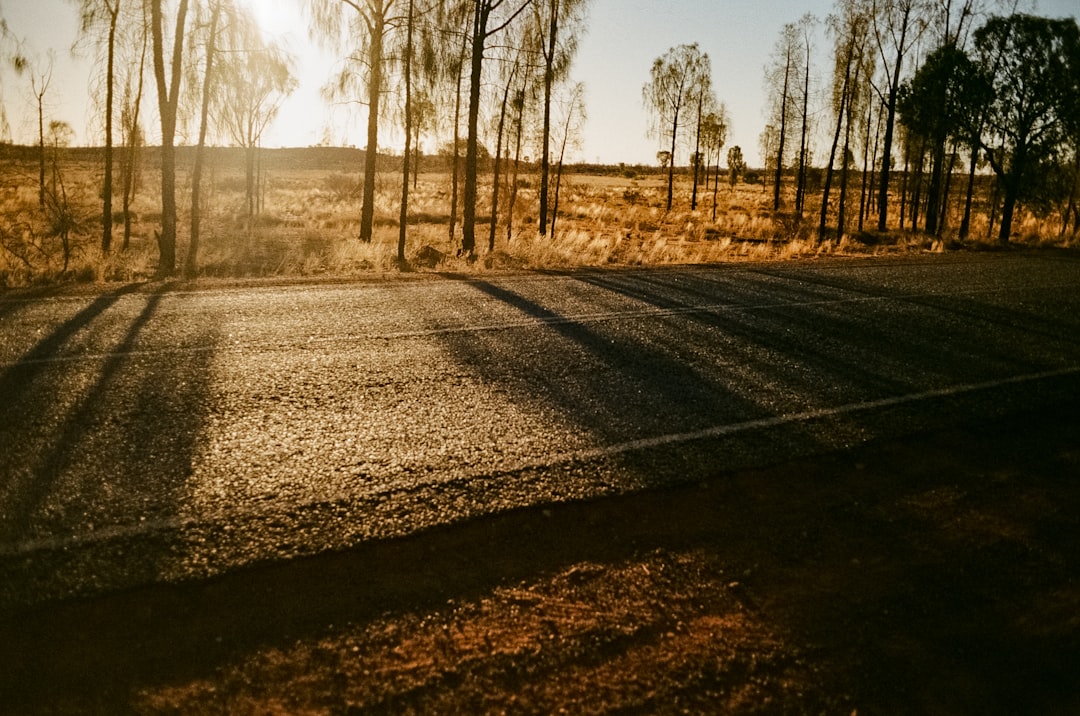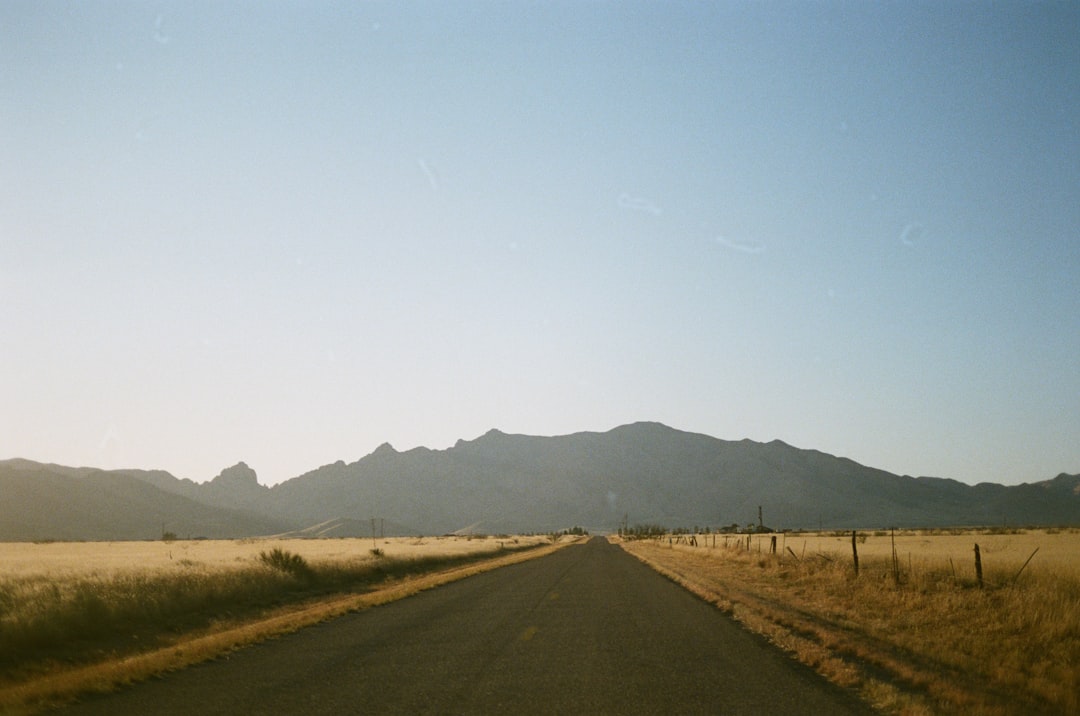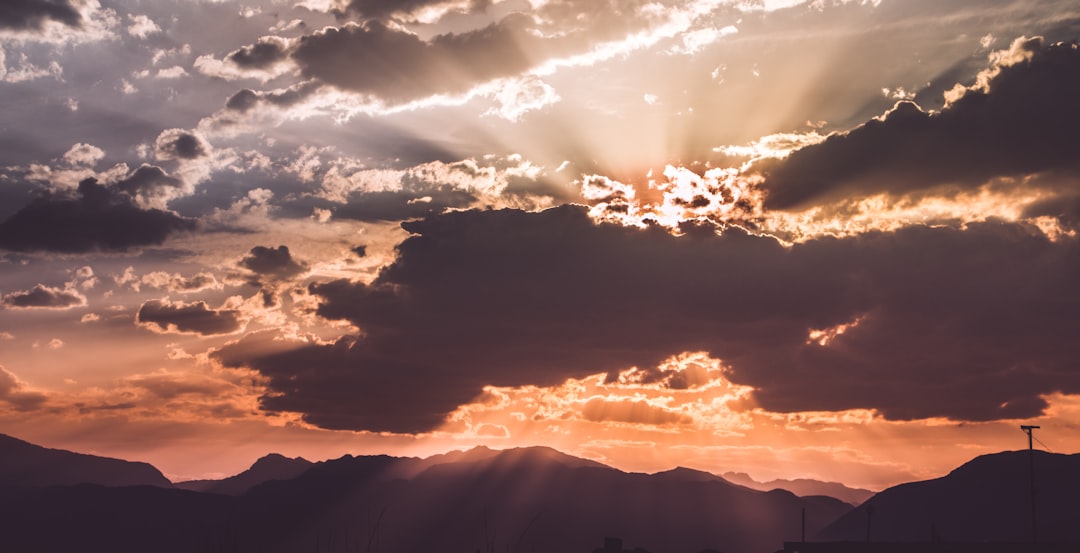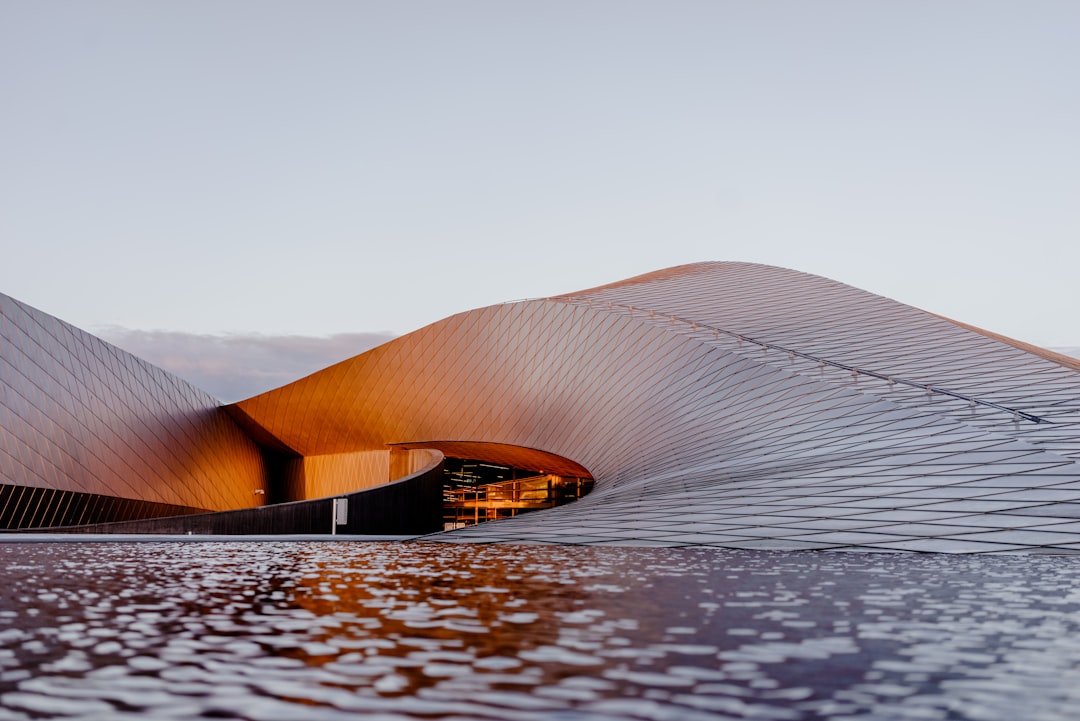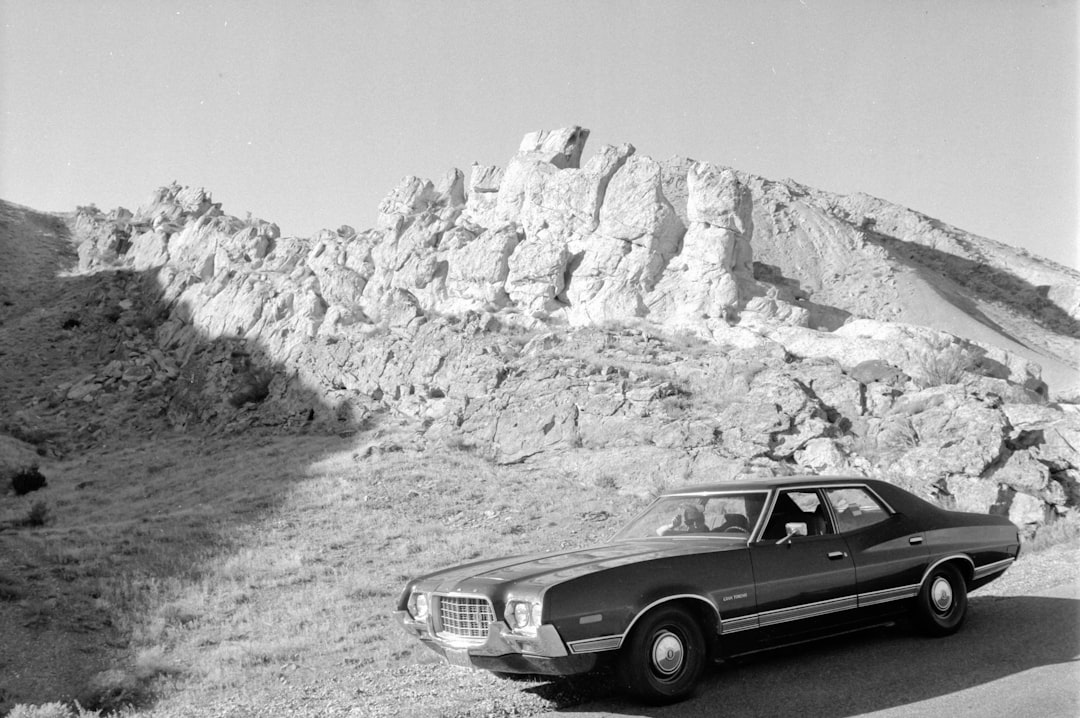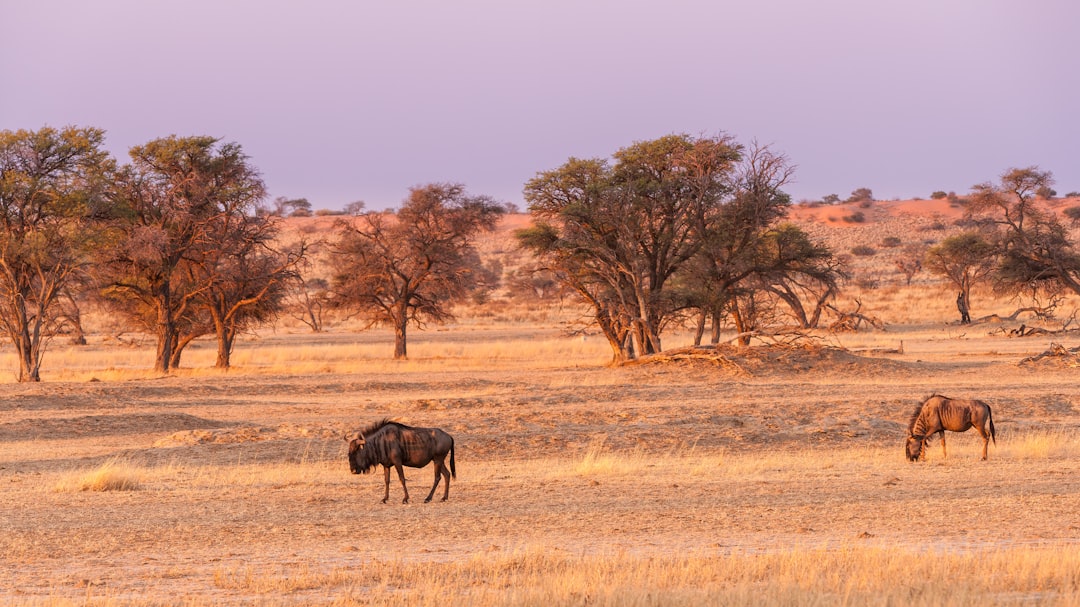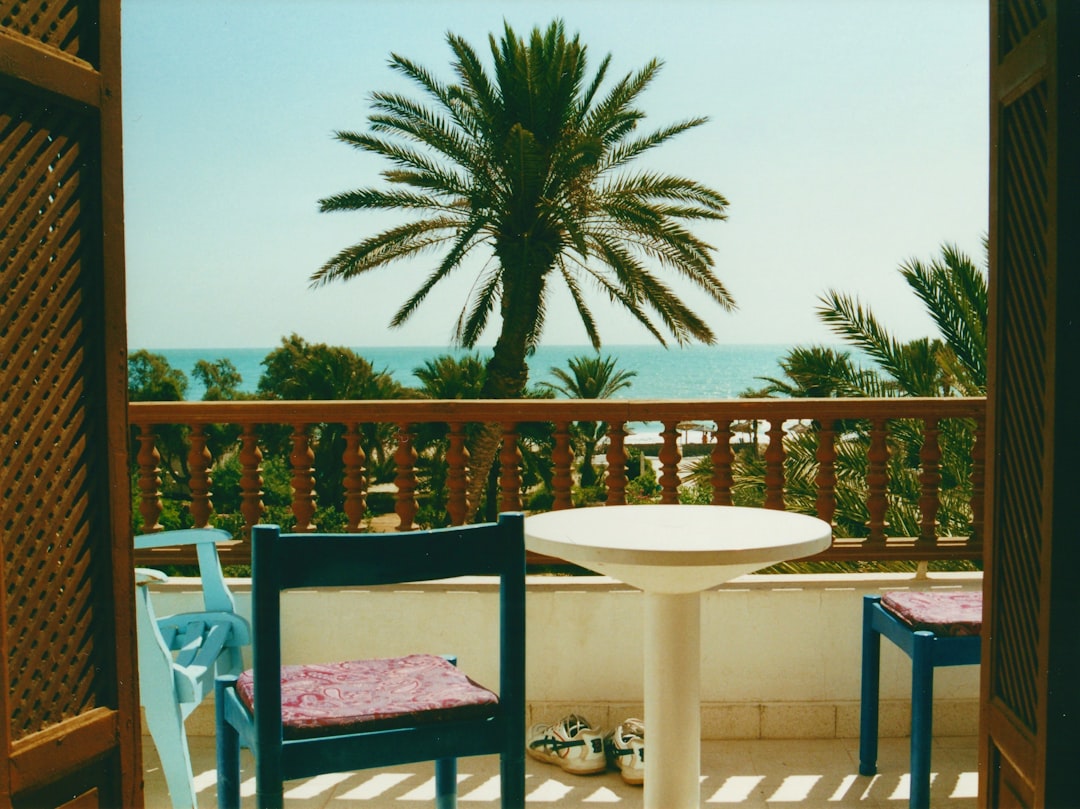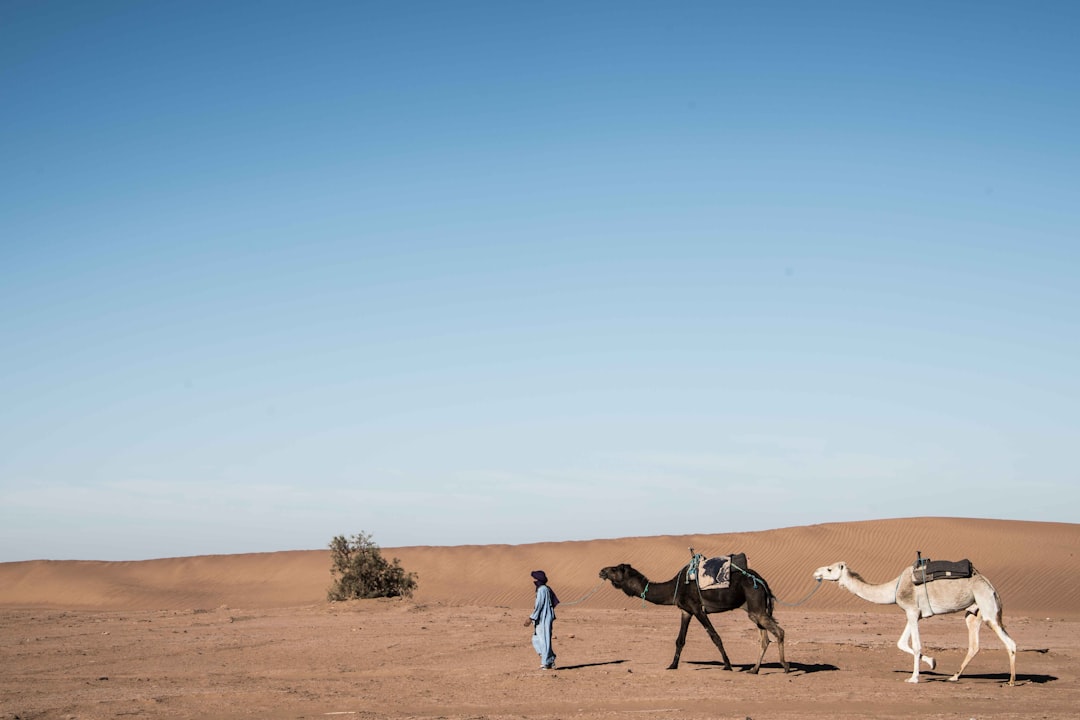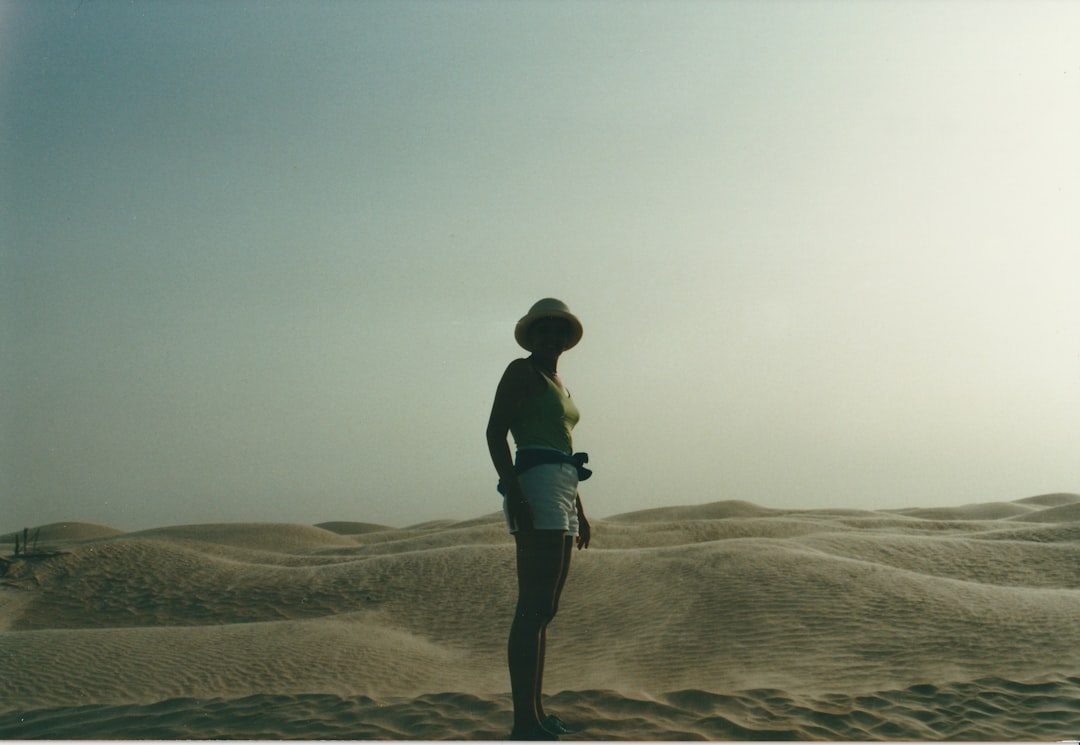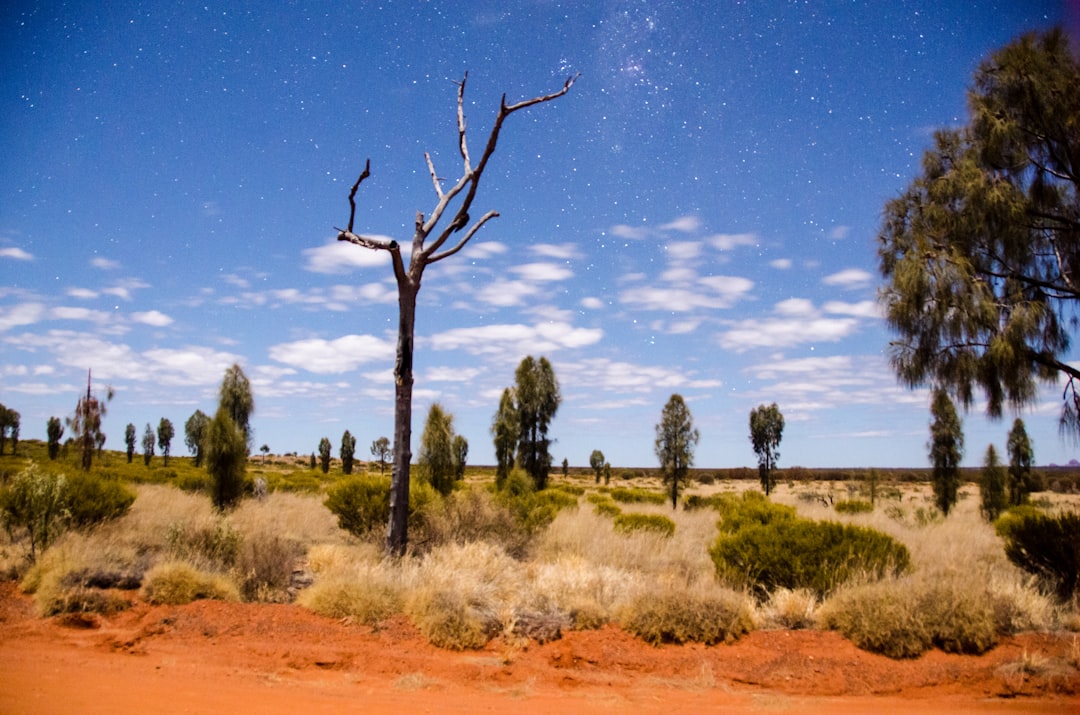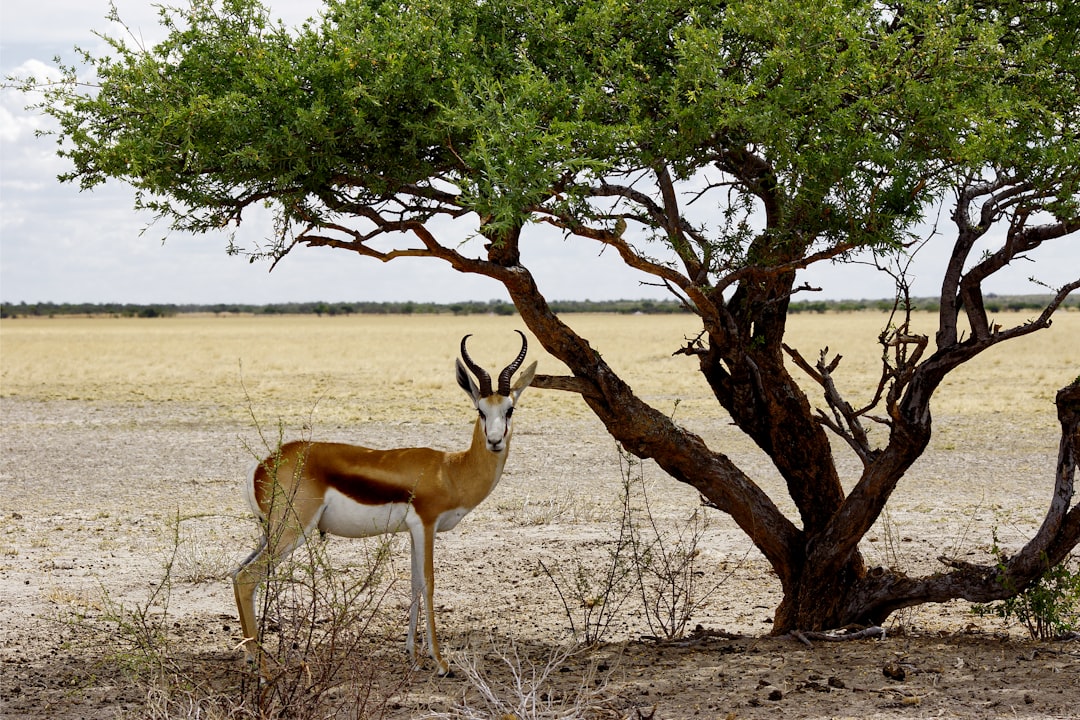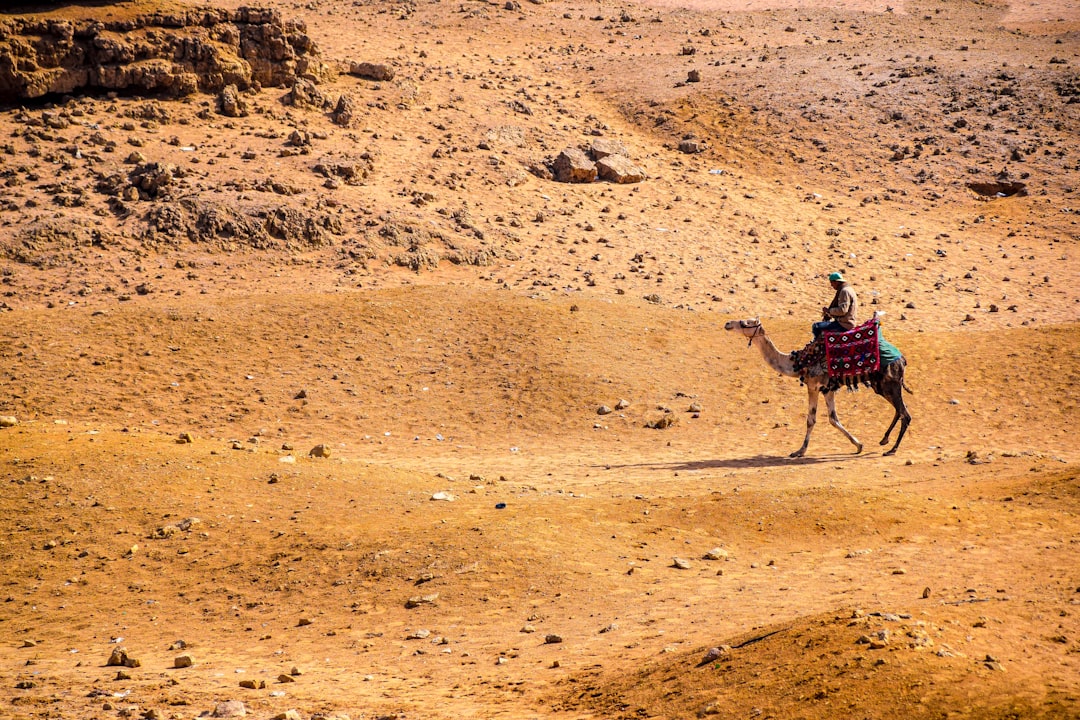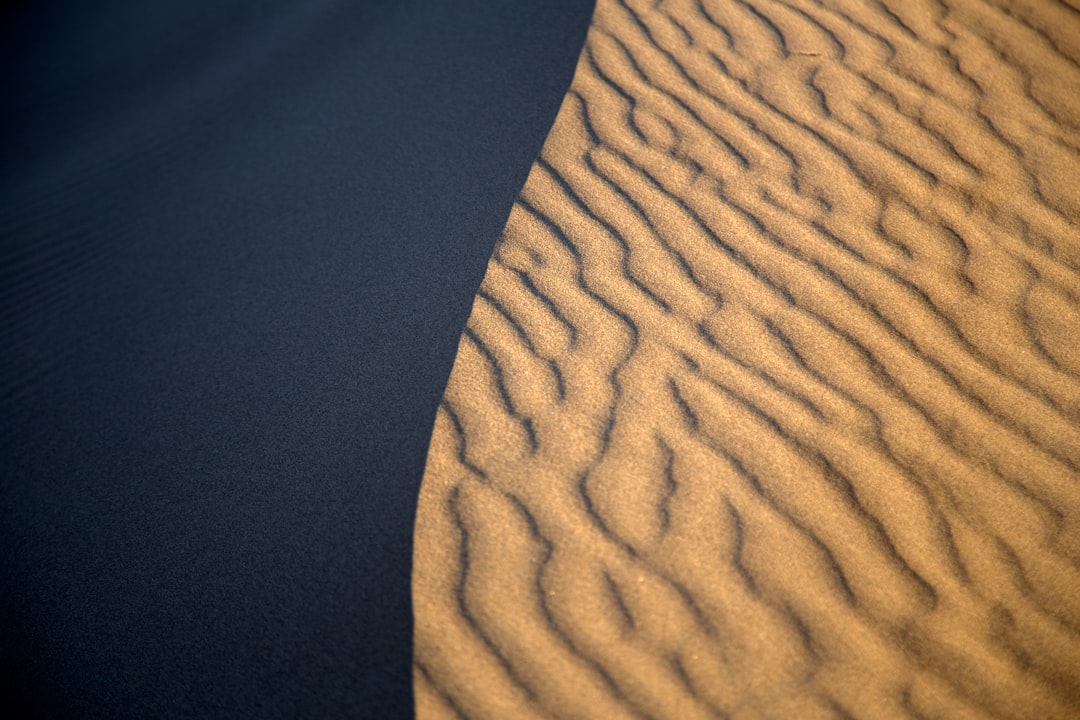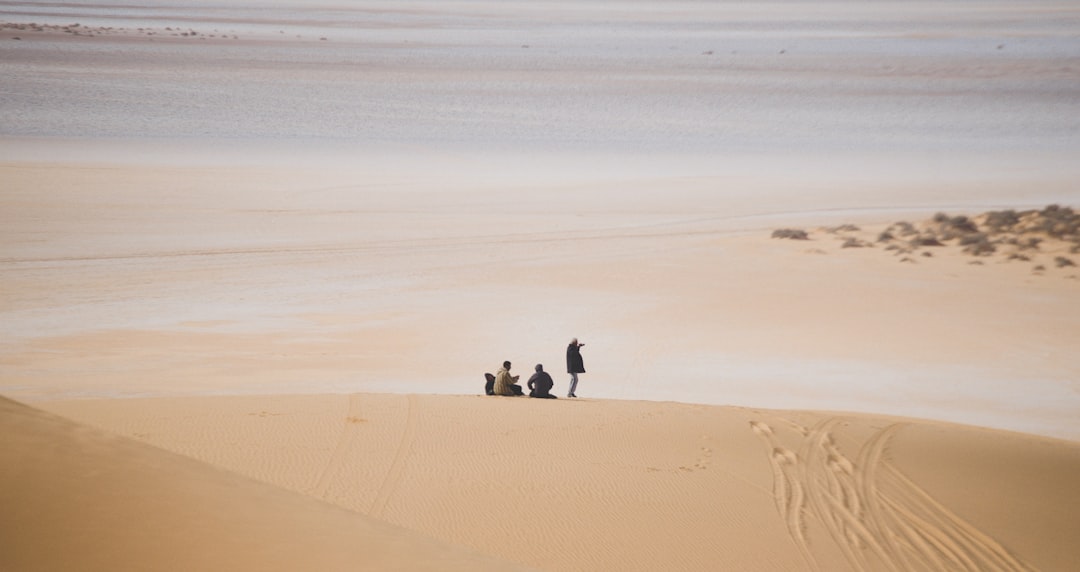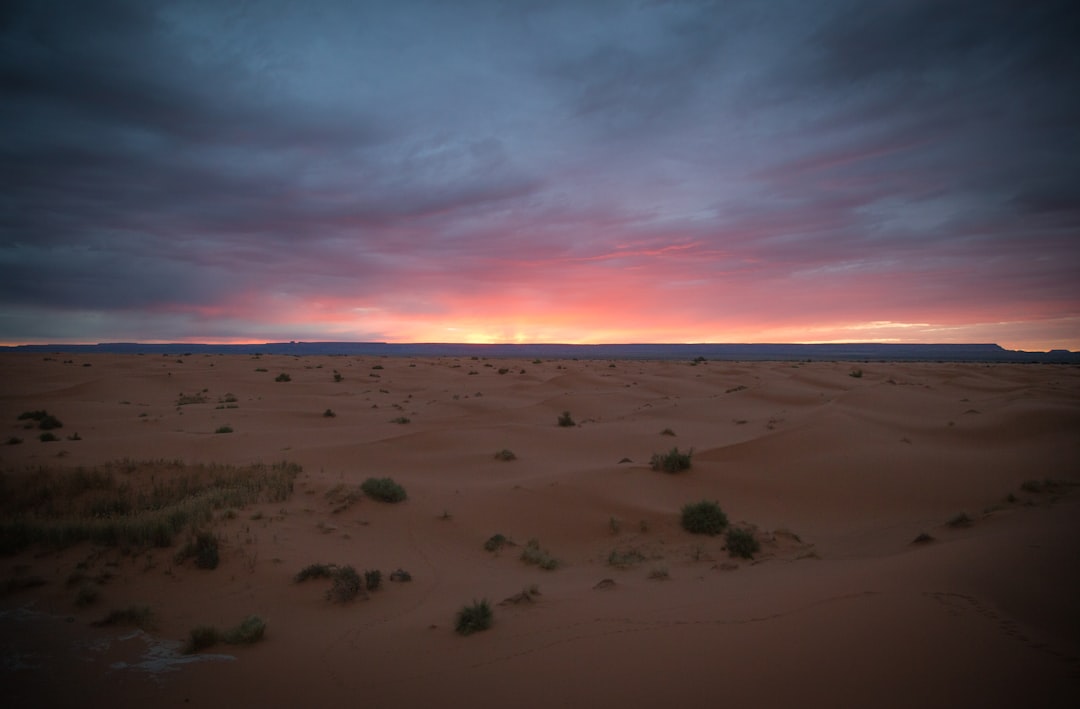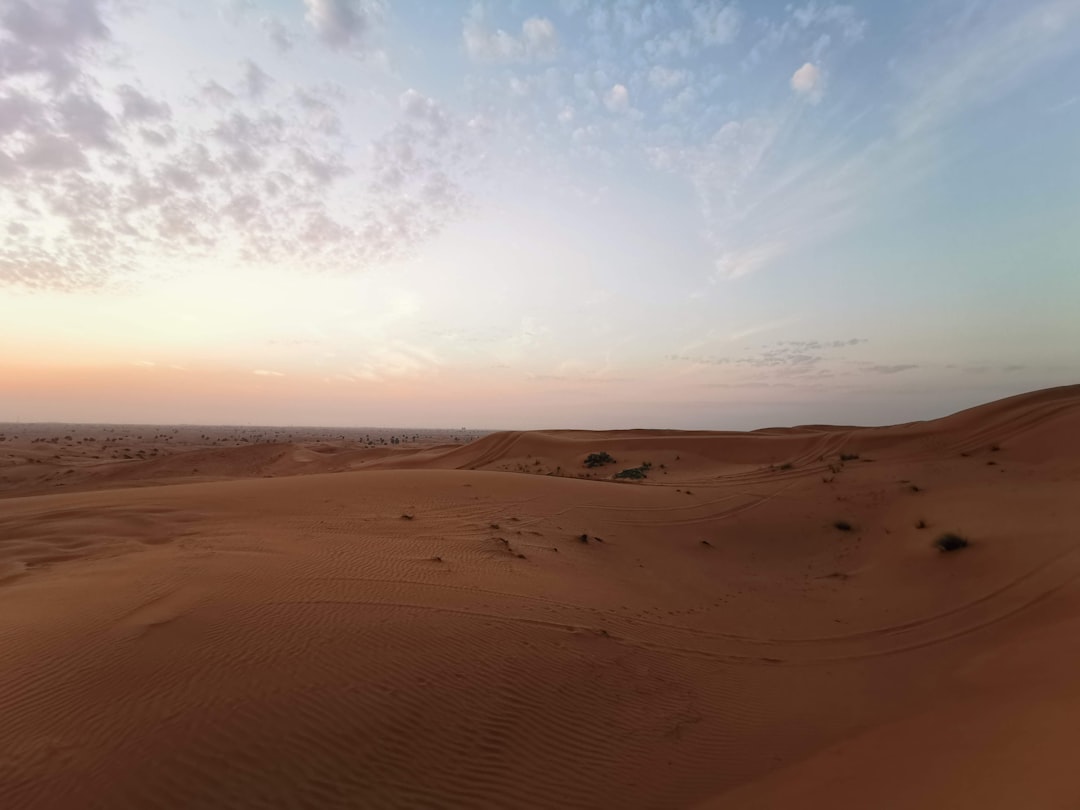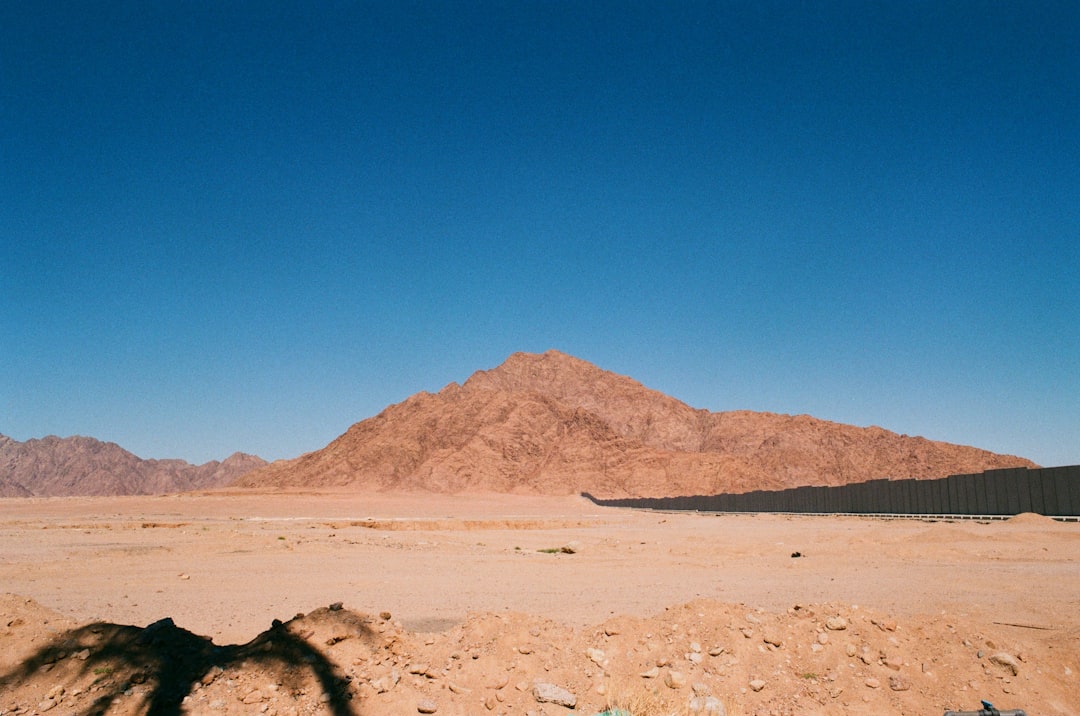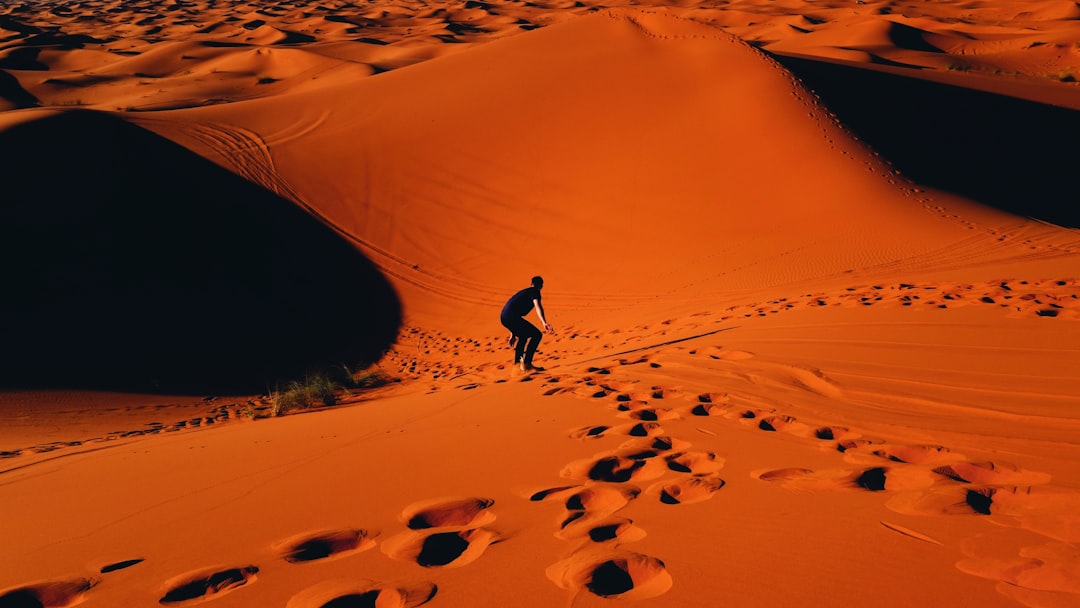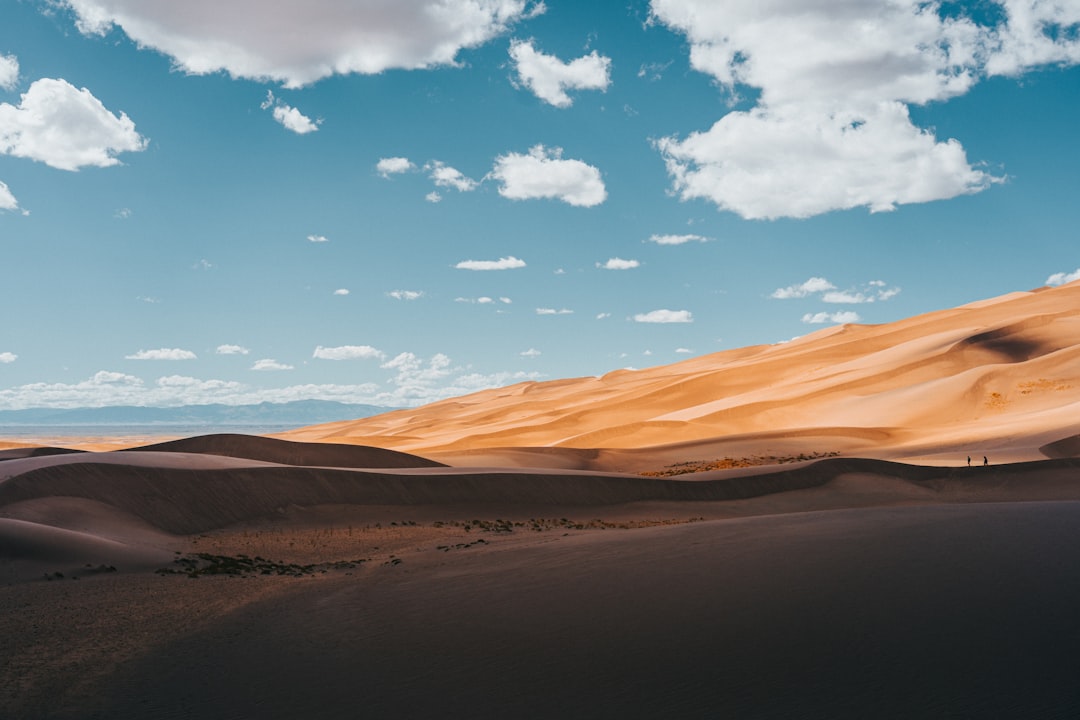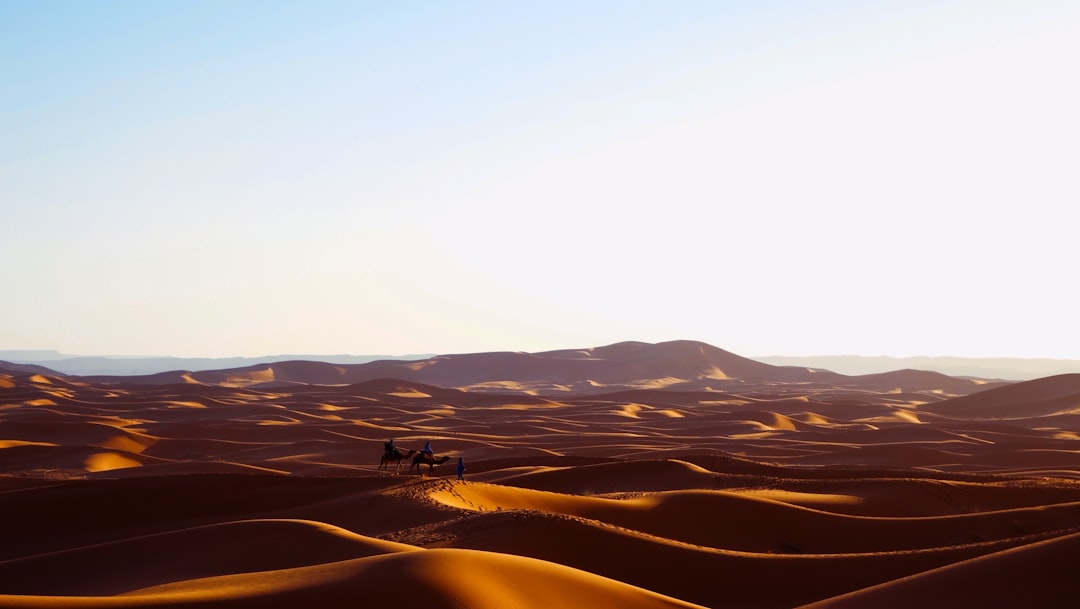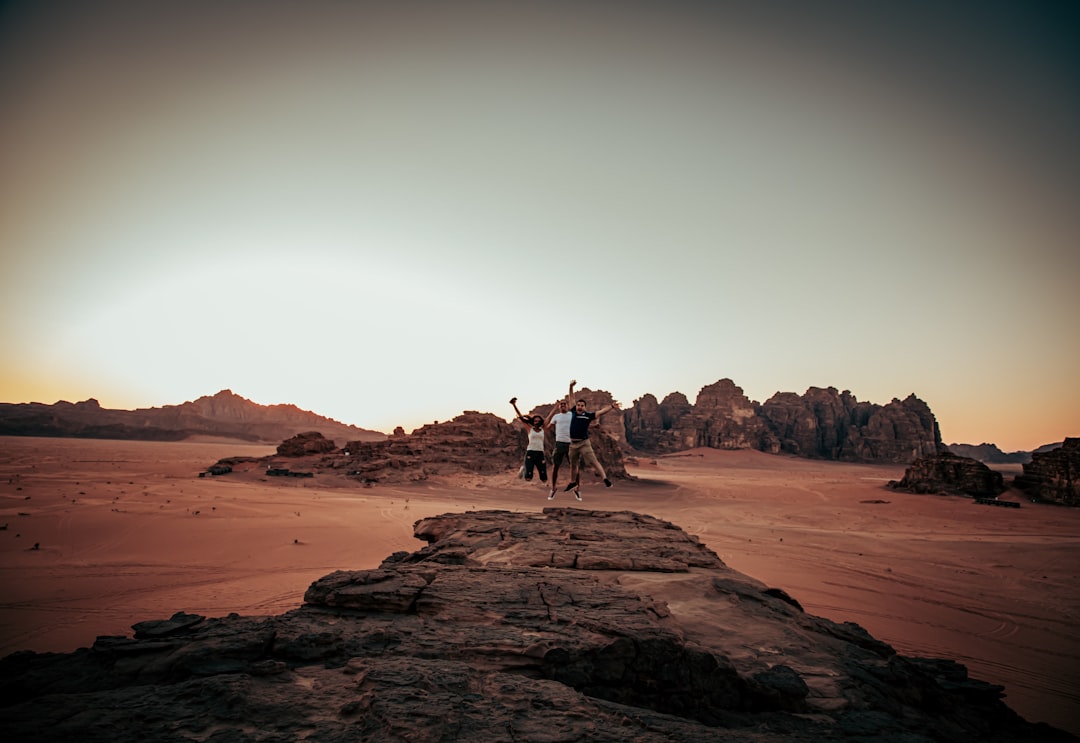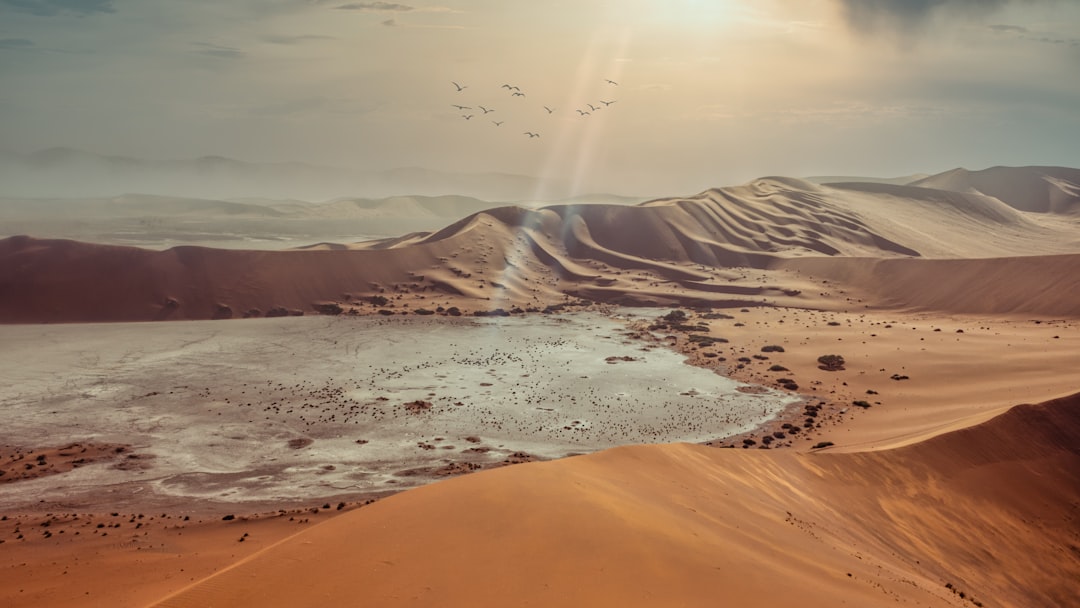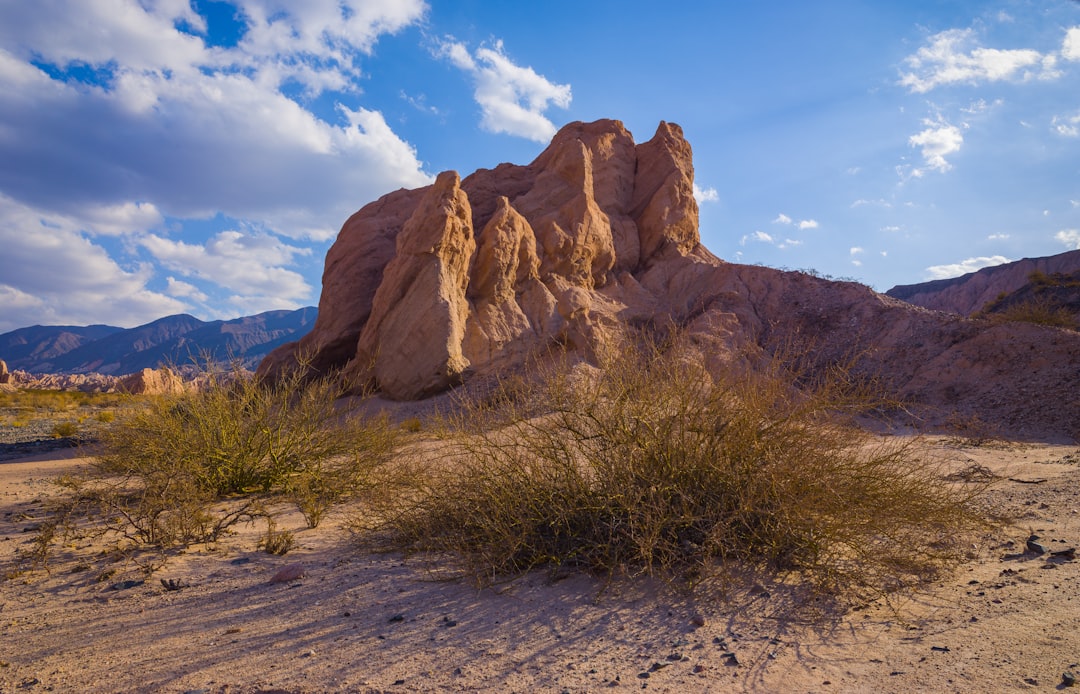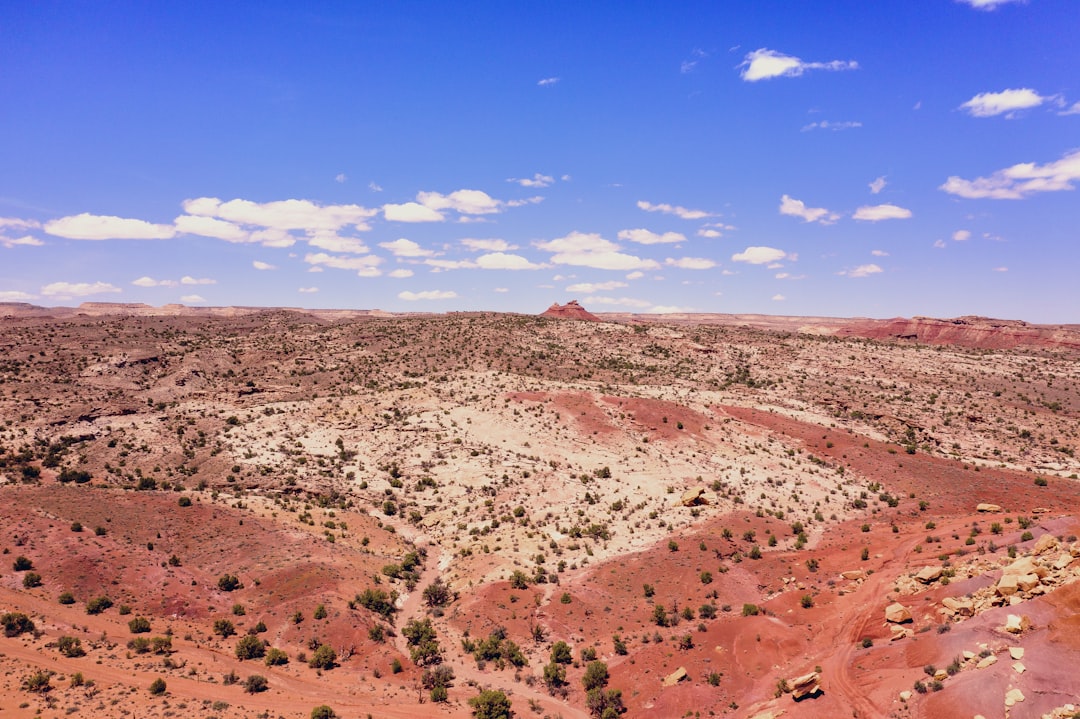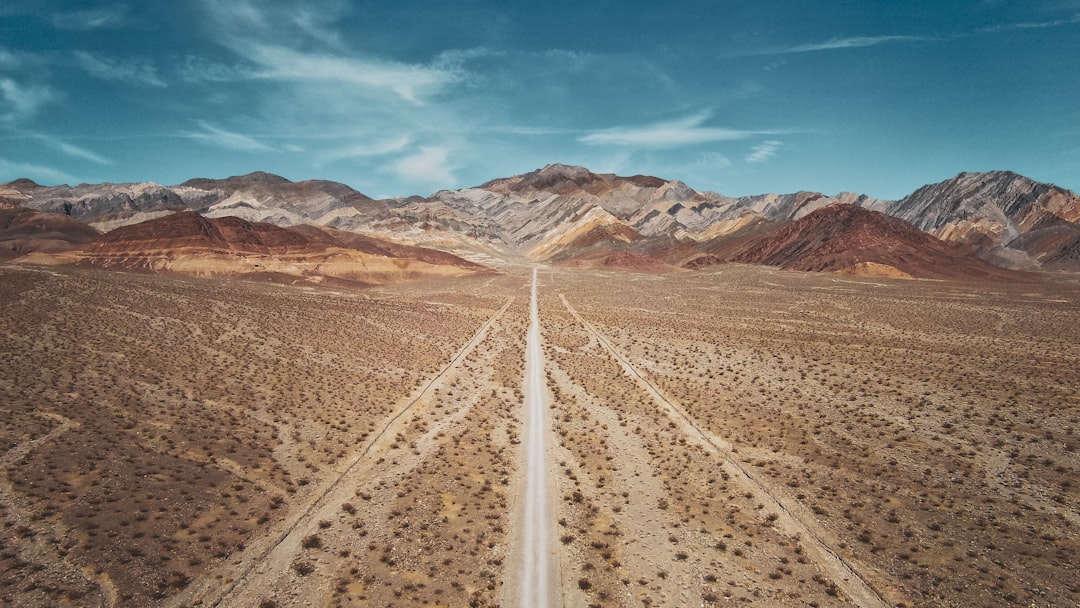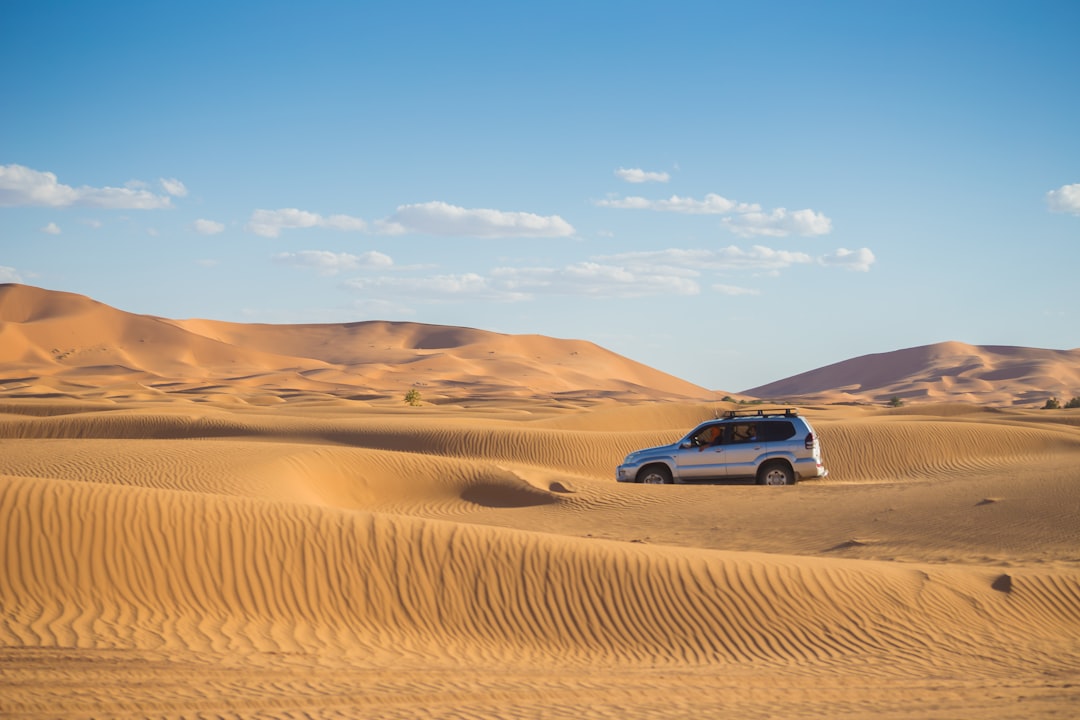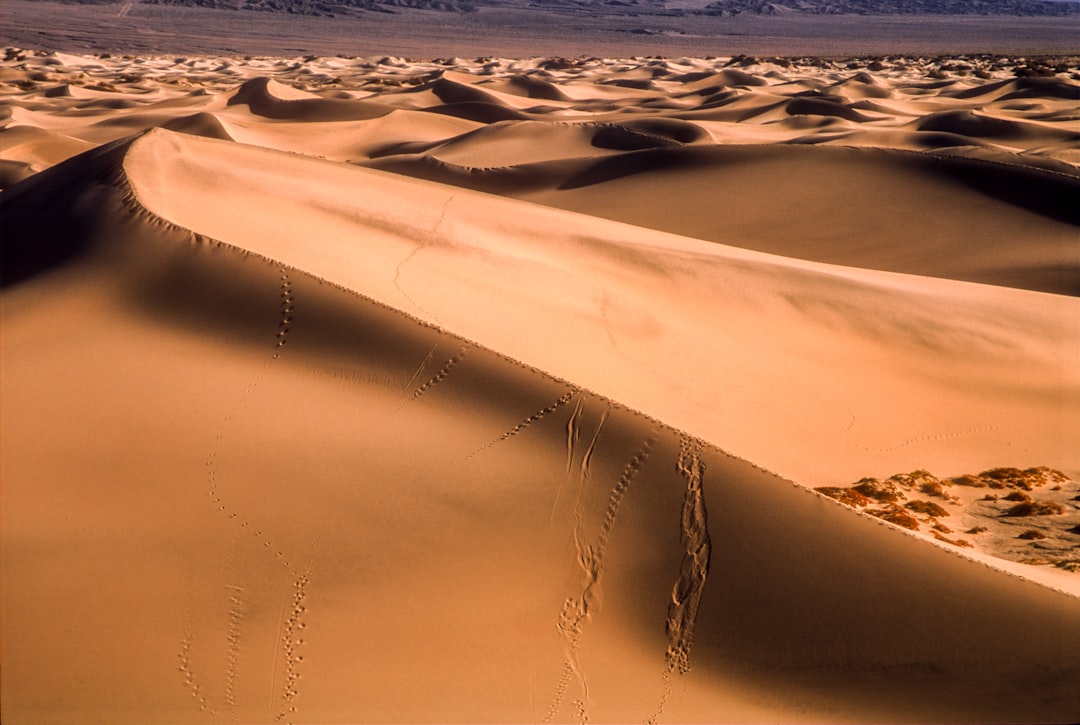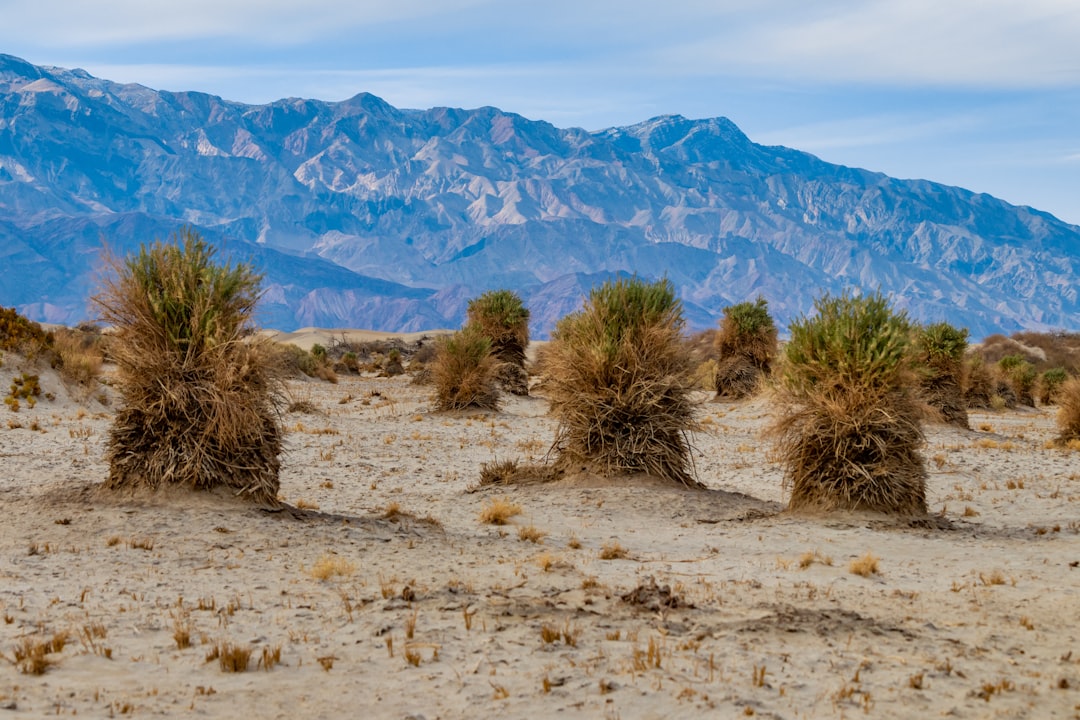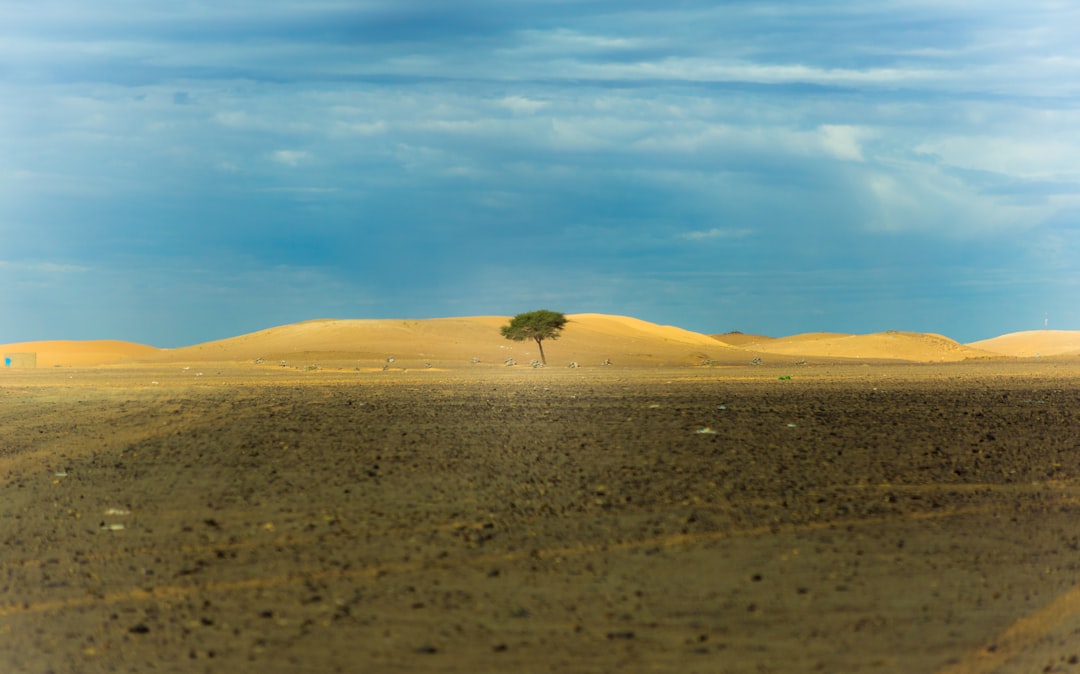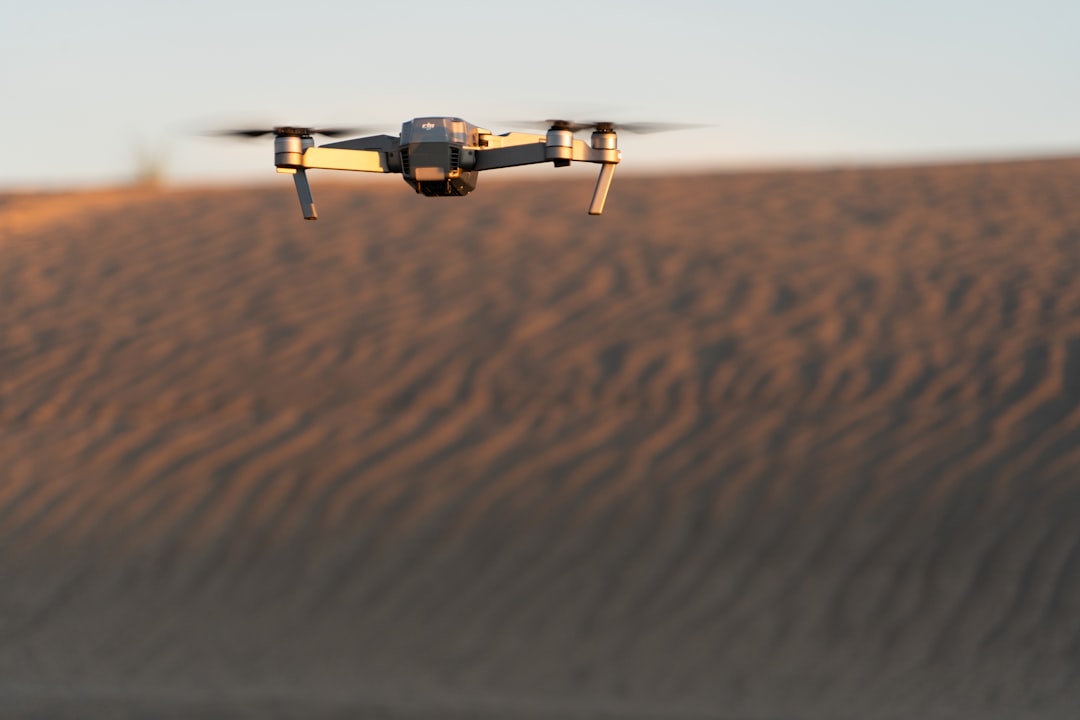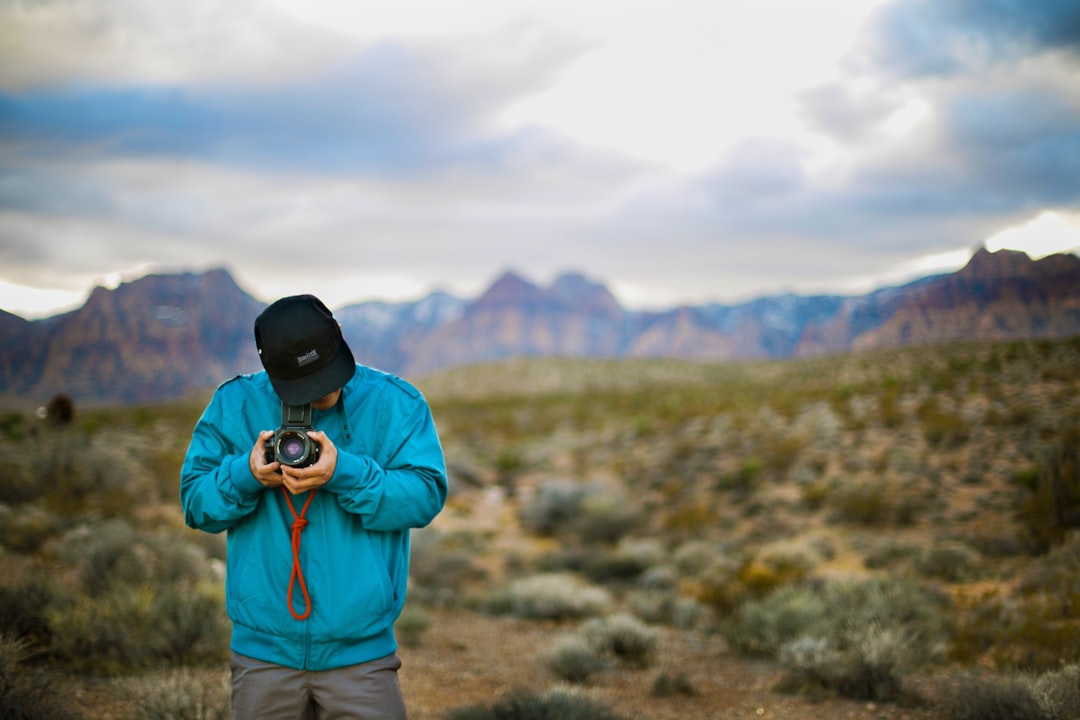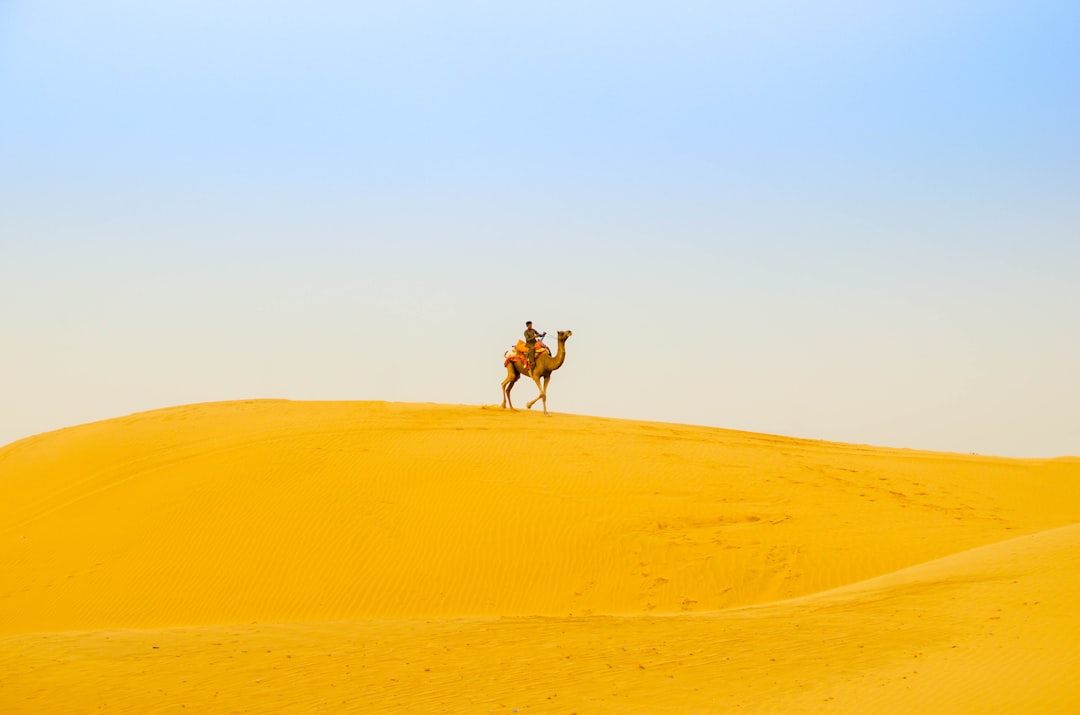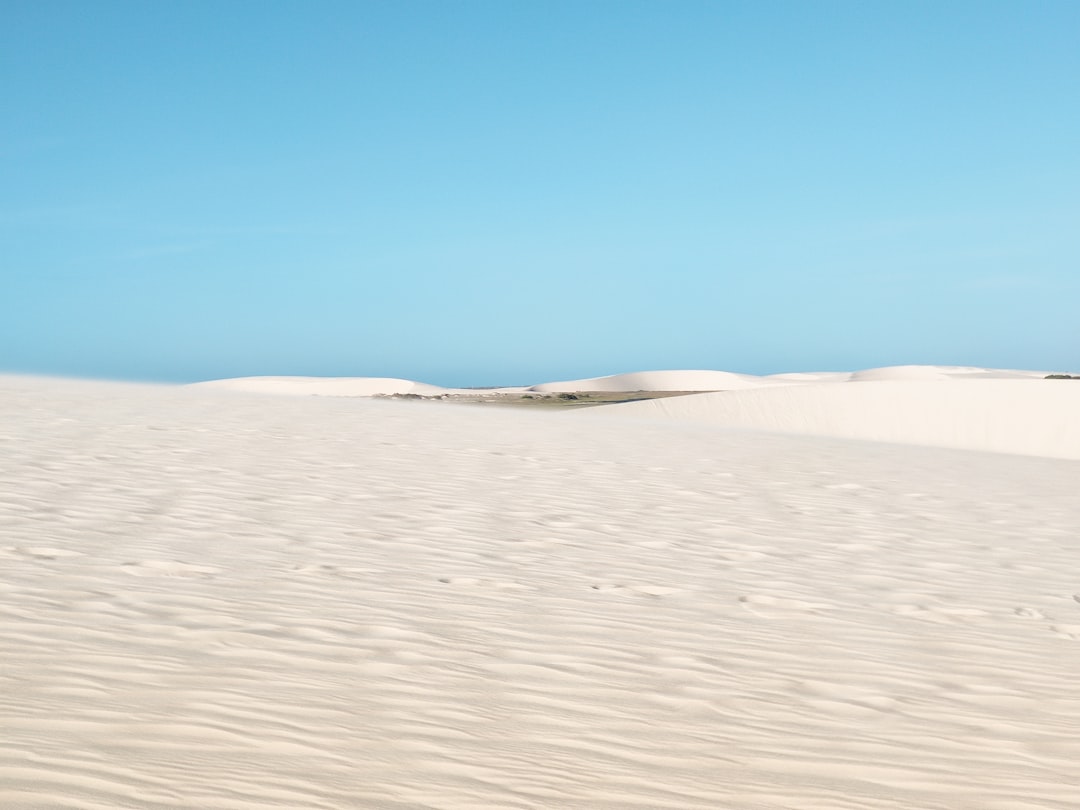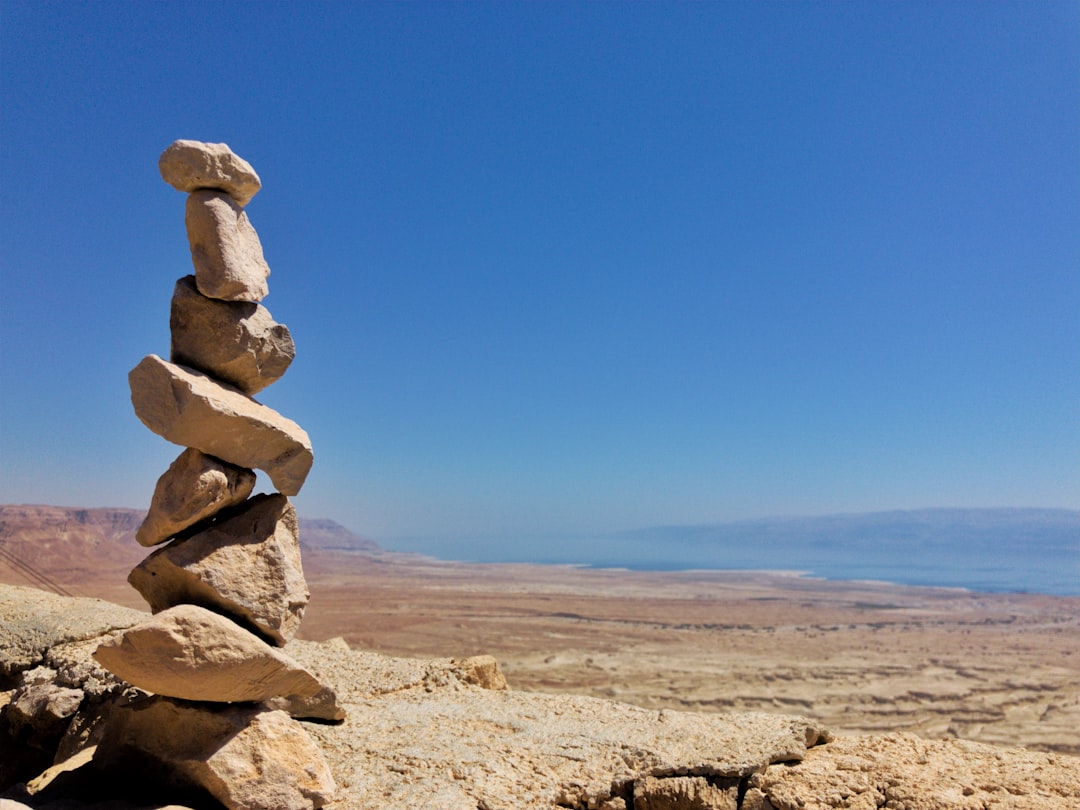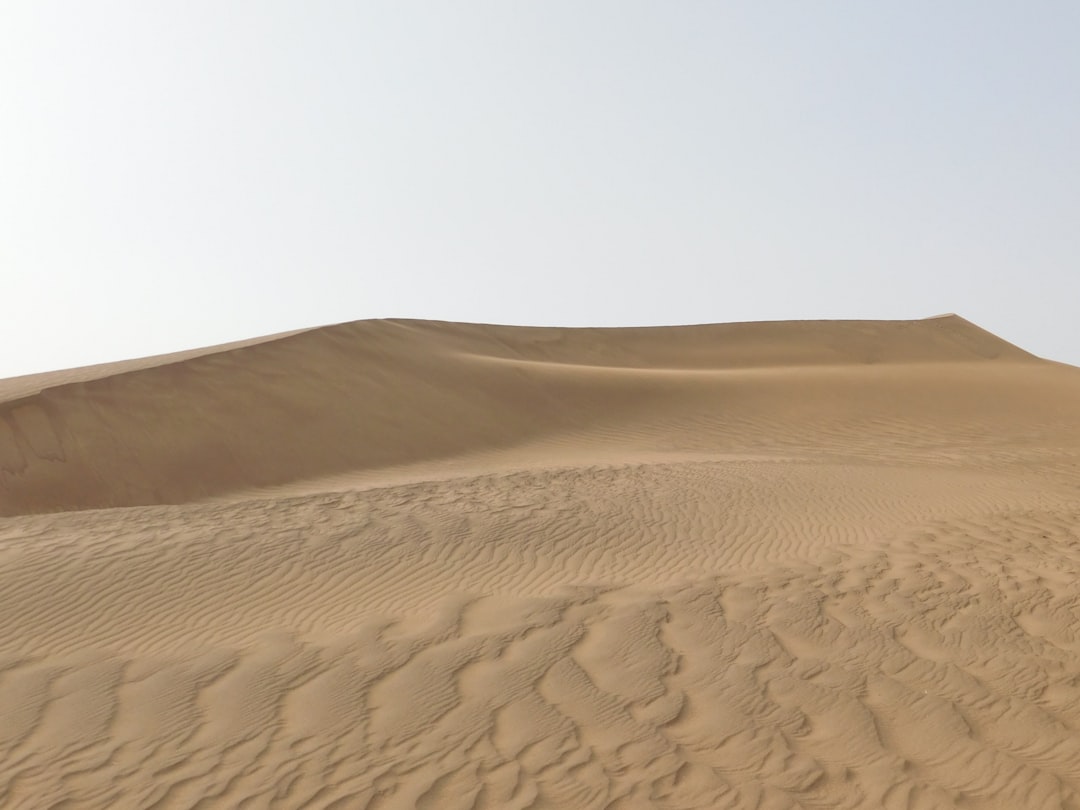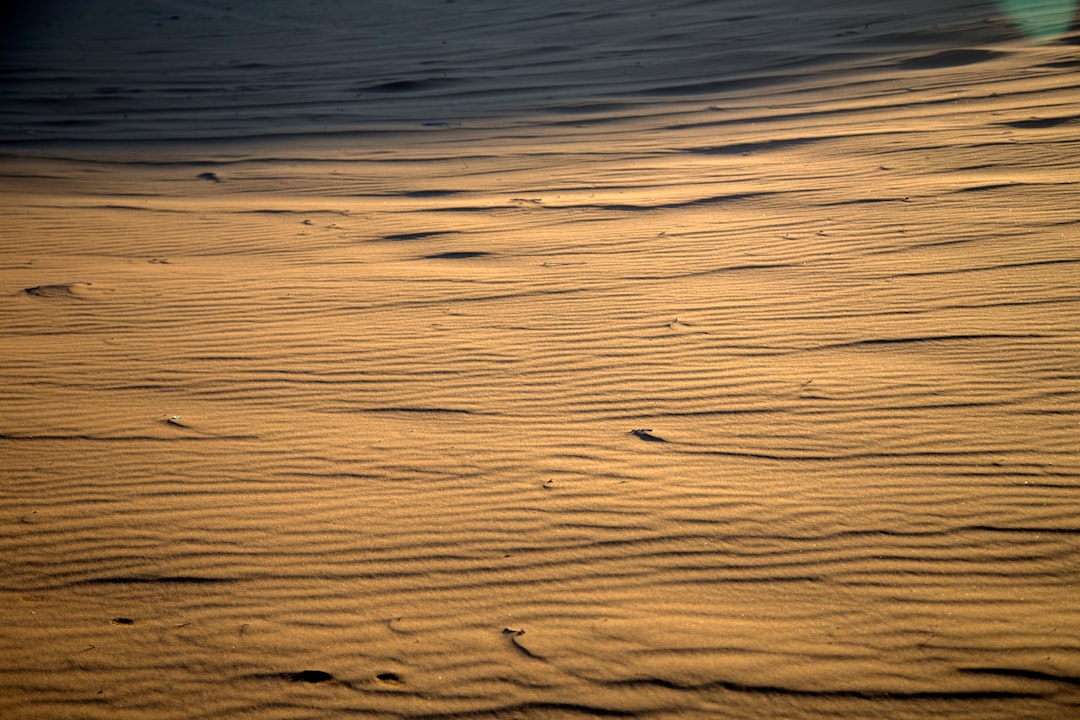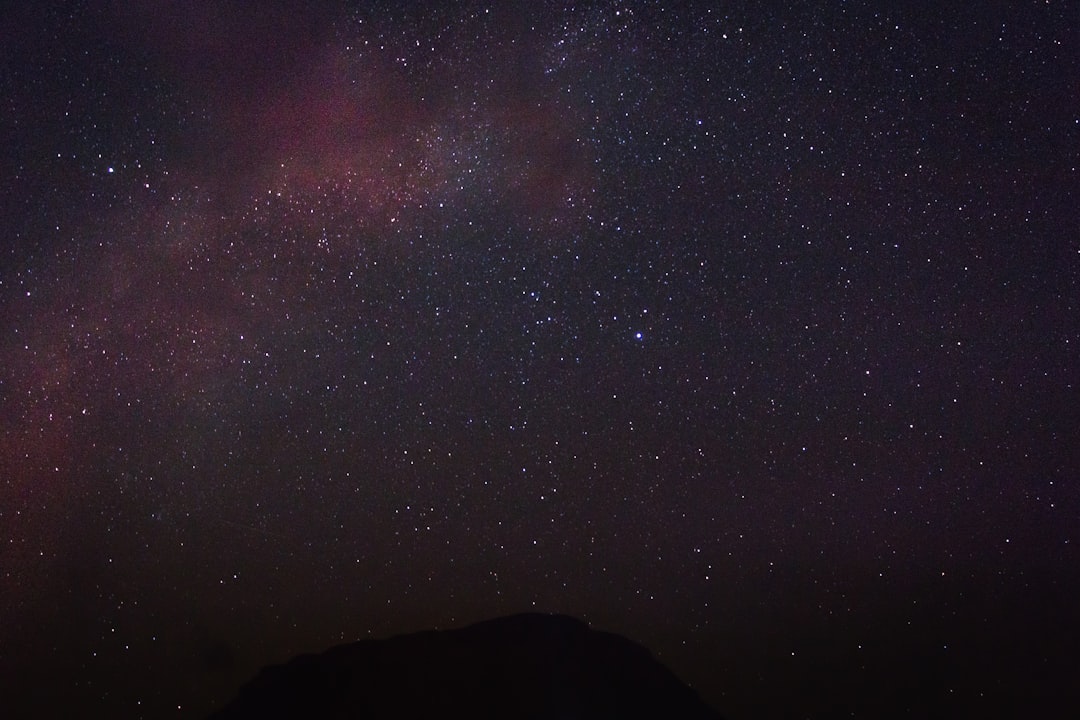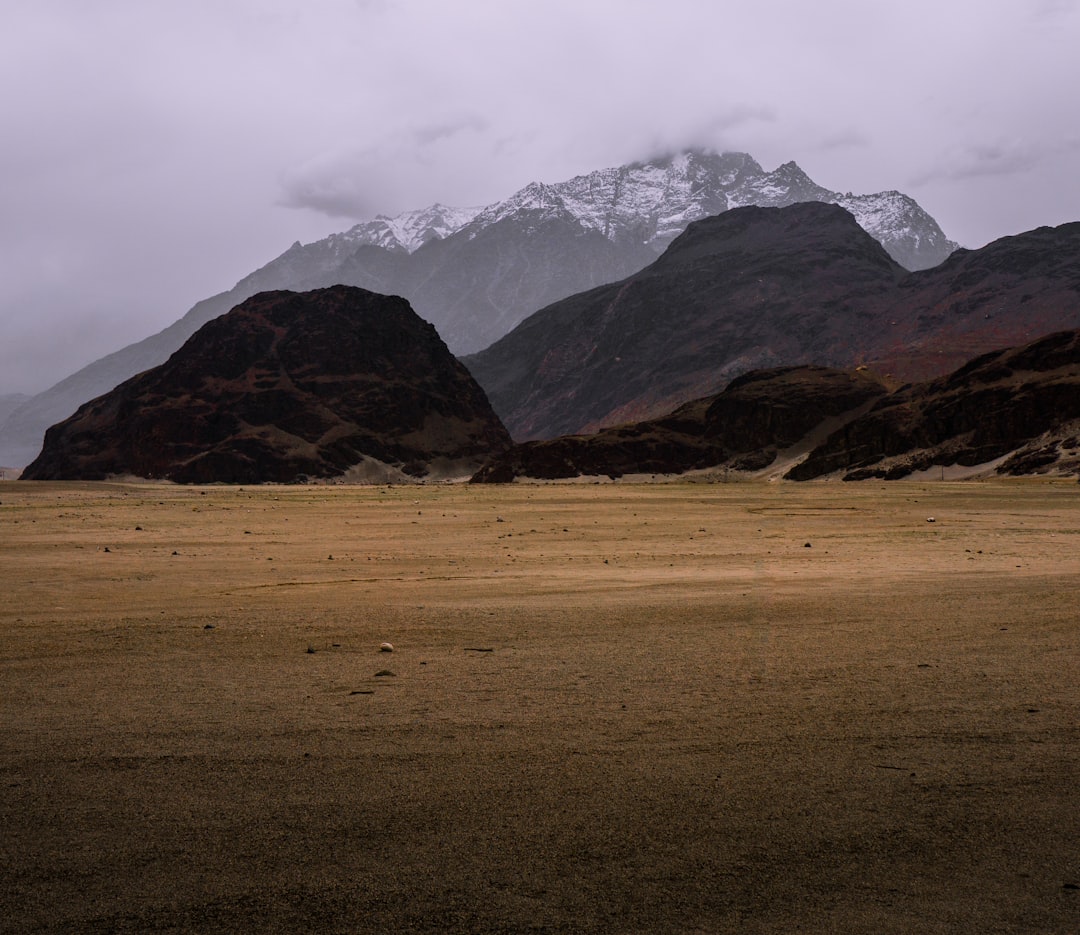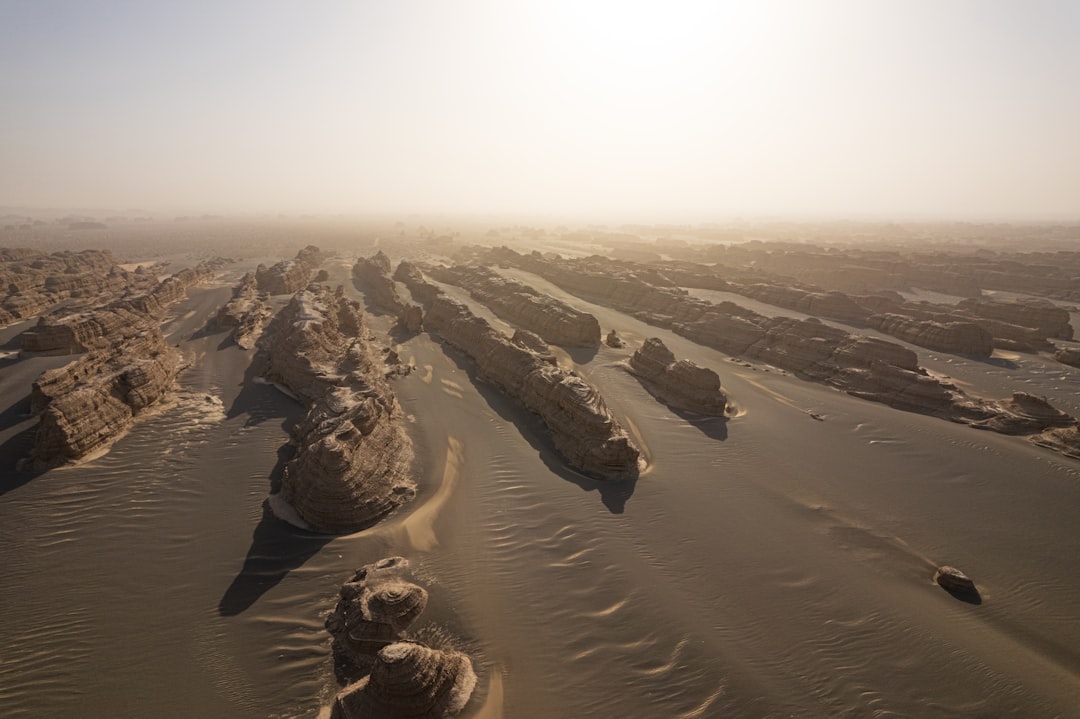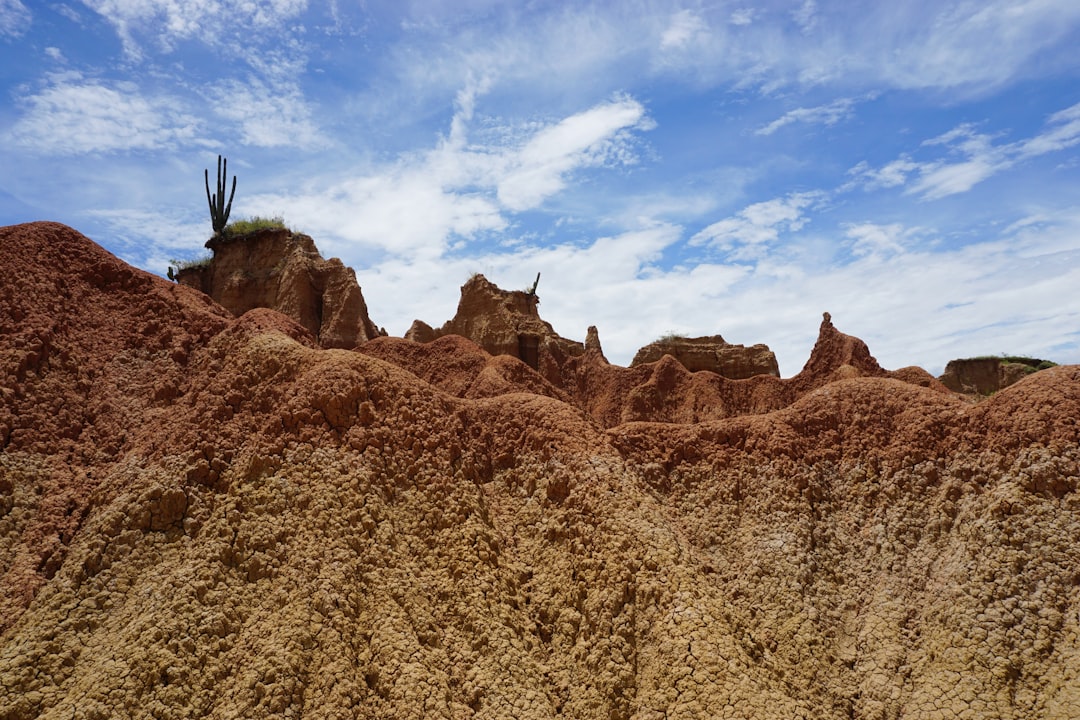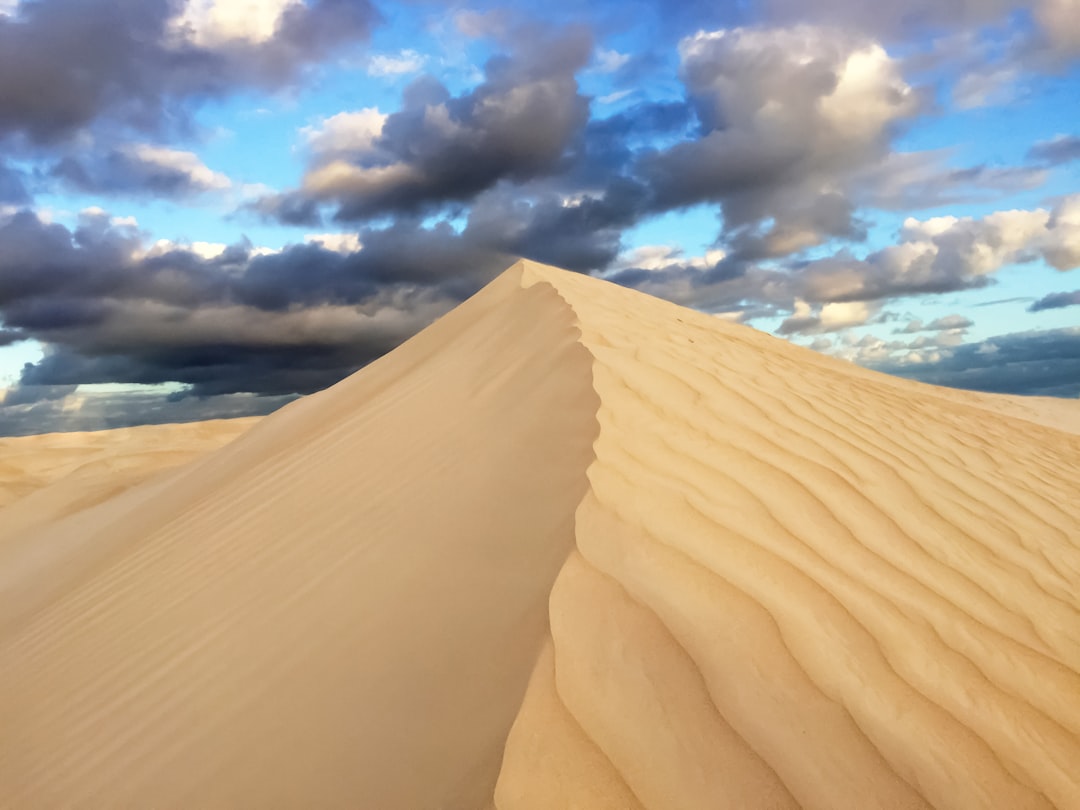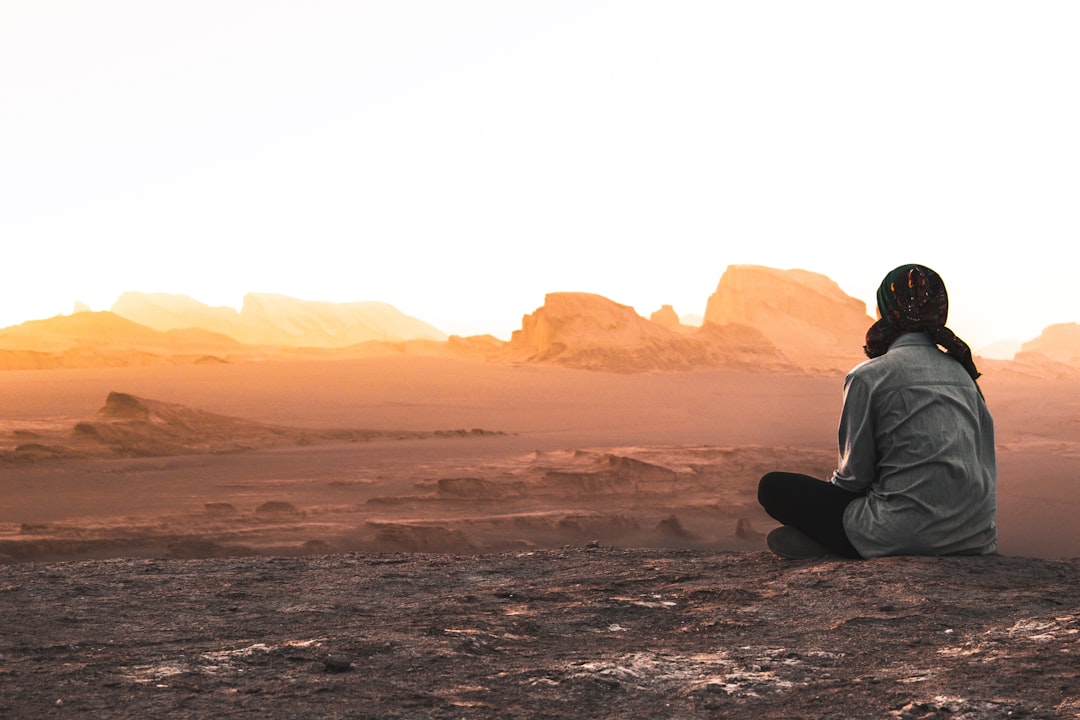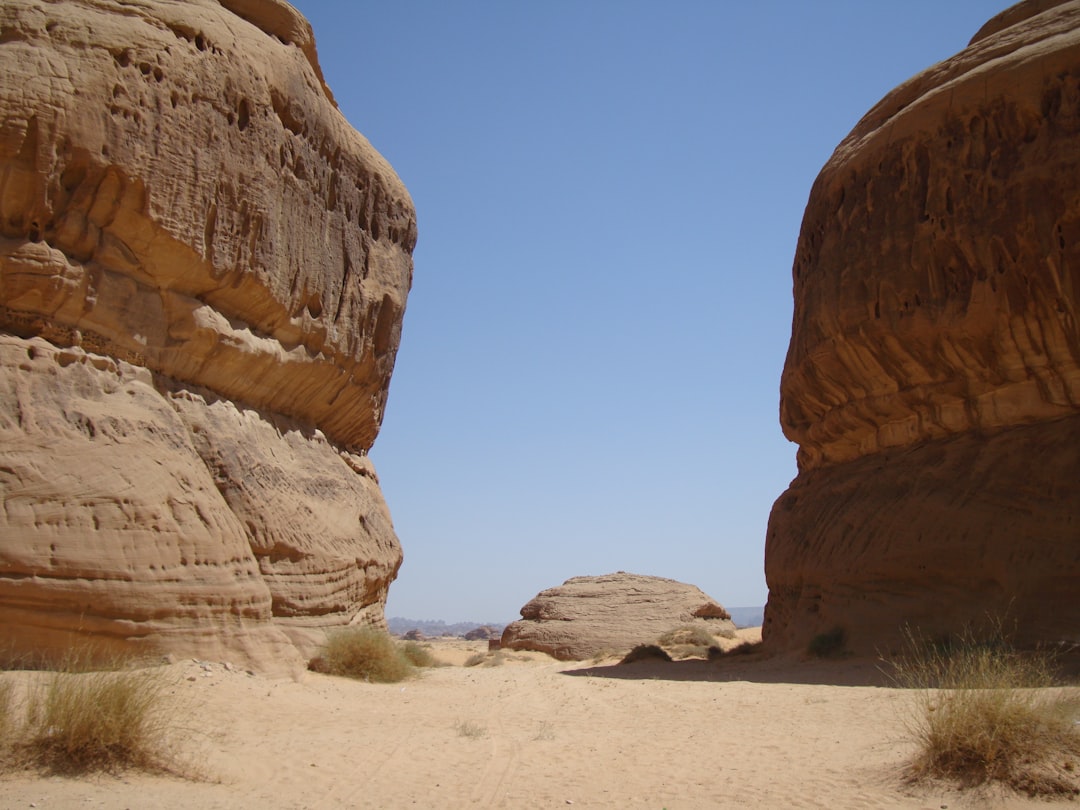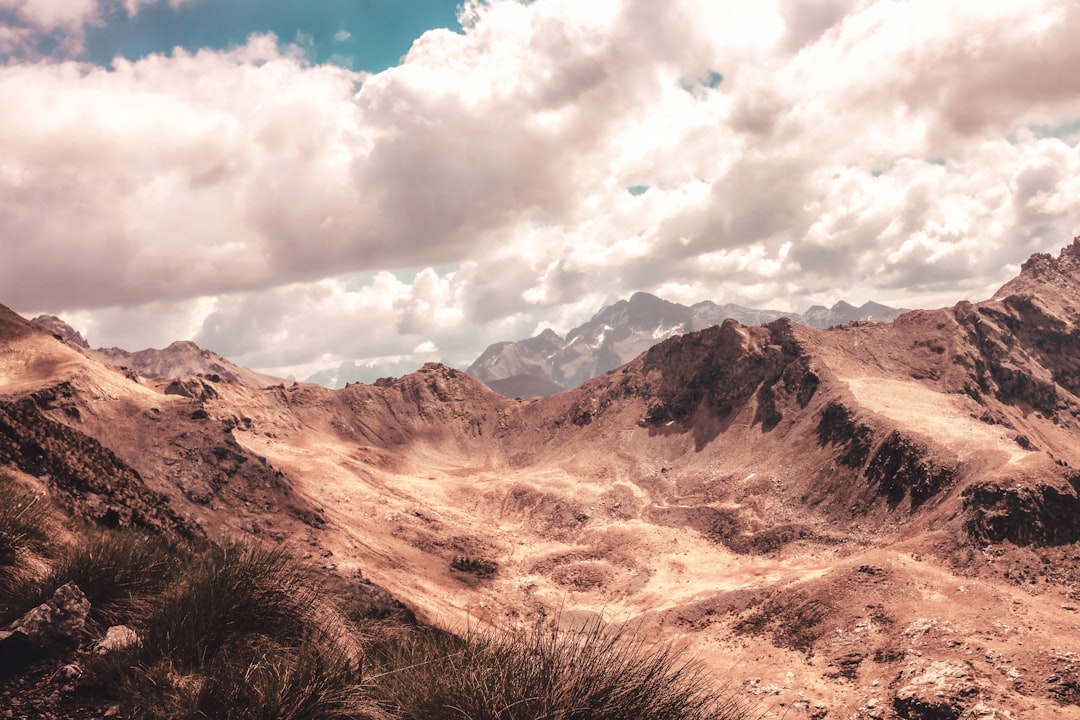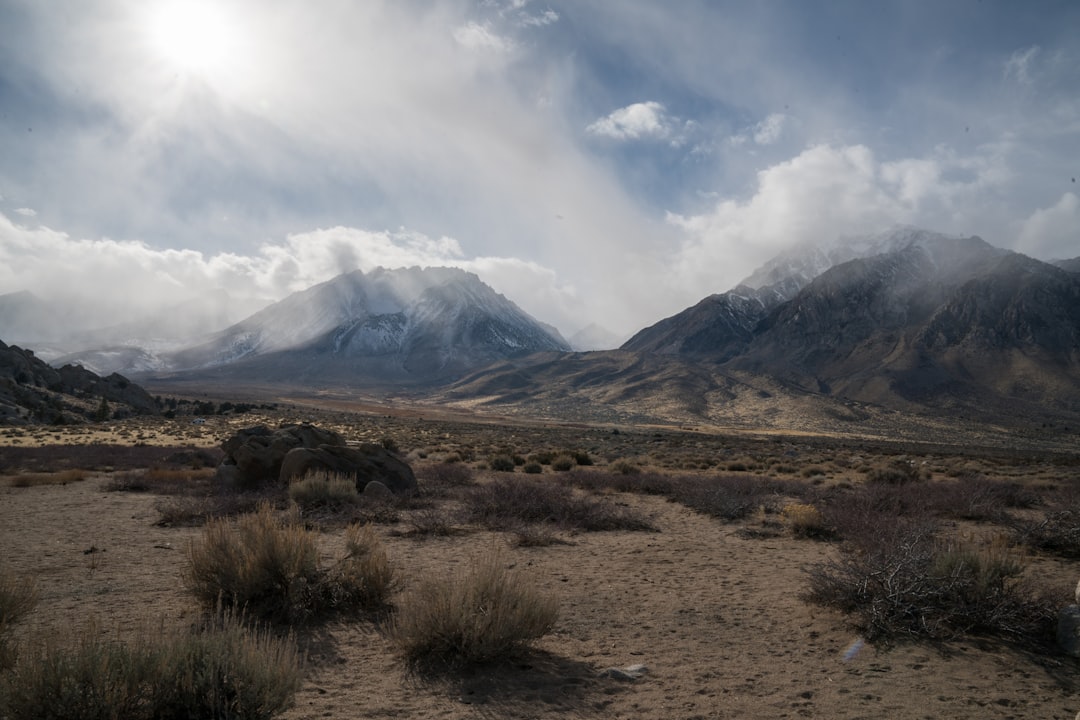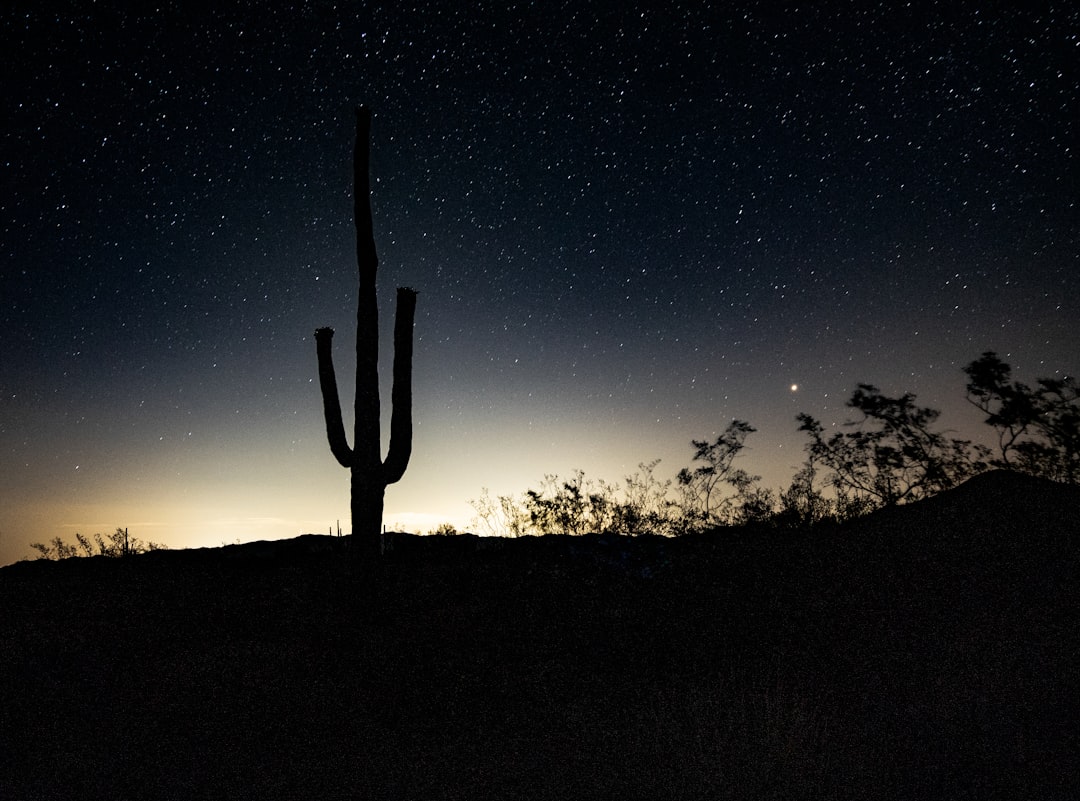Table of Contents
Desert Photography
There are several different techniques that can be used to create amazing photos of the desert, such as a wide-angle lens, using a tripod, having a sturdy camera, taking plenty of time, and a good understanding of the landscape.
In a desert, there is usually a lot of interest from animals and even people. The best time to visit the desert is in the early morning or late afternoon when it is cooler. If possible, try to get there before sunrise or after sunset so you have some natural light to work with. If you do not have much experience in photography, it is important to purchase a good camera with the following features: large sensor, high resolution, and good quality zoom. In addition to these requirements, it is also a good idea to purchase a remote release. You can either use a remote shutter release or use the self timer.
There are a number of different techniques that can be used to create stunning desert photos.
The first thing to consider is the focal length of your lens. A wide-angle lens creates a very wide perspective of the landscape, which can make the photo look distorted. Lenses in the 14-24mm range will capture the landscape in a more attractive manner, while a telephoto lens will enable you to see the details. It is important to choose the right lens for your needs. When you are choosing a lens, think about how you will use it: for example, if you want to show detail in the foreground, a wide angle lens is the best option. If you want to show a wide view of the landscape, then you should go with a wide-angle lens.
Another important aspect of photography is the exposure. If you are using a tripod, make sure that your camera has a self-timer that will allow you to take a photo without having to press the shutter release button. In addition to this, when taking a photo, you must pay attention to the light and make sure that you have enough light for the photo. If you do not have the right amount of light, then you can take a photo at another time of day or use a flash. There are a number of ways to do this, including using the built-in flash on your camera or purchasing an external flash.
The most difficult part of photography is understanding what you see. There are a number of different ways to interpret the landscape. The best way to understand what you see in a photo is by spending a lot of time in the desert. You can find out more about the landscape by walking around and looking for interesting things. Some of the most interesting subjects include rocks, cacti, and vegetation. You can also take photos with your phone, however, it may be better to go to the desert with a DSLR.
The key to making a great photo is to know what you see in the landscape. Once you have spent time observing and photographing the desert, you will be able to make more interesting photos.
First is the technique of shooting into the sun. This is most commonly used for landscapes with lots of foreground elements. In order to make a good photo, you need a large aperture (low f-stop) and a long focal length. You’ll notice that many of the photos I’ve posted above were shot with a lens that was about 6x magnification. This would be an f/5.6 on a 50mm lens. Most people use lenses around 100mm or 200mm. If you’re using a longer lens than 200mm, you’re going to have to zoom in on your subject a bit in order to get the correct distance between the camera and the subject.
Another technique is shooting into the shadows. This is more common for close up work, such as portraits and close ups of flowers and other things in bloom. It’s easy to see why this would be the preferred technique when you consider that a lot of these photos are of objects that are not directly facing into the sun.
There is also a technique that is often used, which is the blending of the two. In other words, you would take an image with a large aperture that is taken facing into the sun and then use your post processing skills to blend that with an image that is taken with a smaller aperture and taken into the shadows. This could be a way of blending a photo taken with a longer focal length lens into an image taken with a shorter focal length lens.
It may be helpful to think of desert photography as a kind of alchemy, where you can turn ordinary images into magical ones using a number of techniques.
Gear for Desert Photography
How do you know if your camera has what it takes? You must ask yourself this question every time you go out shooting. There are several ways to answer it. Here are some suggestions:
1. Make sure you have a decent lens (preferably wide-angle) and that your camera body is well protected by a decent case. – You should also invest in a good tripod, which is essential for steadiness and to ensure your photos remain sharp.
2. Try some simple tests. If you’re not sure if you have a decent camera, try taking a photo of a brightly colored object – a red flower, a green apple, or a yellow banana. If you’re not happy with the result, you need to get better!
3. If your camera is set up for auto-focus, set it to manual focus instead, and focus on a distant object, like a tree or a building. Take several shots with different settings, until you find one that you like. – If it’s still not sharp, don’t give up! Try again with another setting, then with another.
4. You should also check your camera has good exposure. To do this, turn on the camera and take a few photos of a bright, sunny landscape. – Look at the histogram on the LCD screen. This graph will tell you if your photos are overexposed or underexposed, and if they need to be lightened or darkened.
5. Finally, if you’re happy with the photos, use some basic post-processing (editing) software to make them more creative, such as Photoshop or GIMP.
What should I use when photographing in a desert?
Photographers often have to deal with difficult weather conditions such as rain or heavy dust storms. These can have a huge impact on your ability to capture the subject you want to shoot. Some photographers have developed lenses that can be adjusted to allow them to shoot when the light is too harsh or soft and they need to be protected from the elements.
For desert photography, you can use a lens hood and filter that you attach to your lens before you set off on your travels. You will also need to consider what kind of equipment you are using. For example, you will need a tripod for long exposure shots of rock formations and sand dunes, while a compact camera will work well for landscape photography.
What equipment do I need?
You will need a tripod for longer exposures and some way to keep yourself steady as you shoot. You will also need to think about how much you want to spend and what level of quality you require in your photographs. If you’re shooting with a compact camera, a basic kit will usually be sufficient. You may also wish to invest in a wide-angle lens for landscapes.
If you have access to a full-frame camera, it might be worth buying a lens that can be adjusted to allow you to change the angle of view. This can help to avoid having to use your telephoto lens when you’re not actually using a wide-angle lens.
The key to getting the right exposure is to ensure that you expose correctly for the light that you are using. Most DSLRs can offer manual settings, which enable you to adjust the exposure time and aperture (opening) depending on the type of light that you are using. The more information you have about the light in the area you are shooting, the more control you have over the exposure. For example, if you know there is going to be strong sunlight during the day, you can increase the shutter speed and decrease the aperture to reduce the amount of light entering the lens.
You can also use a filter or lens hood to help protect your equipment from the elements. These can be attached to your lens before you leave the house. You can also use some form of protection to keep dust out of your camera. A dust cover can be bought at most camera stores, while a lens hood will help you to avoid dust getting into your camera.
How do I shoot?
In order to take good pictures of a desert landscape, it’s important to use the right equipment and a little bit of knowledge about how to use it. If you are shooting with a compact camera, you should aim to take many images so that you have one or two to choose from when you are editing them later. For example, if you are shooting in bright sunlight, take a series of images that are evenly exposed. If the light is changing, take several shots at different times of day. This will allow you to choose an image with the best light and weather conditions.
When photographing a desert landscape with a DSLR, you will need to consider what type of light you are using. The way to ensure you get the best results is to use manual settings. Most DSLRs enable you to manually adjust the shutter speed and aperture (opening). For example, you can set the shutter speed for slow-motion photography and then increase the aperture to reduce the amount of light entering the camera. To find out more about how to take the best photographs, check out our guide on photographing in the desert.
The Challenges of Desert Photography
Imagine being in the middle of the desert with no food, water, shelter, or protection from the elements. It is possible to survive for short periods of time, but it’s not recommended. This is a survival scenario for those who are interested in making photos in remote locations.
Deserts have a variety of challenges that photographers should be aware of. A photographer may encounter extreme heat, extreme cold, dust storms, high winds, and sand storms. All of these can affect photographic equipment and people.
When you are in a desert, be aware of your surroundings. You may need to use all of your senses to keep yourself safe. Keep your eyes open as you look at your surroundings. You should take a look around you and scan the horizon for potential dangers. If you notice anything dangerous or if your camera is exposed to the elements, move away from the danger. It may take a bit longer to get to safety than you would expect. Be patient.
It may be helpful to carry a portable water source with you. It could be a water bottle, an empty water pouch, or even a small canteen of water. Carry this with you at all times. You should drink every two to three hours to avoid dehydration. If you are traveling in a group, make sure that you have a water supply for everyone. If you are taking the most basic type of photographic equipment, be sure to check your equipment regularly for damage. If you are using an expensive piece of equipment that you may lose, consider carrying it with you.
Plan ahead.
When you are planning a trip into the desert, it is a good idea to plan ahead. It is important to research weather patterns, temperature, wind speeds, and what you will need to take. Make sure that you bring enough food and water for your trip.
Be aware of your surroundings.
If you are in a remote location and have no shelter, be aware of your surroundings. You can protect yourself from dangerous animals and people by avoiding them.
You may find yourself alone at some point. If you do encounter anyone, be cautious. Be polite and speak clearly. Don’t give out personal information or let someone else know where you are going. If you are traveling with others, make sure that everyone is aware of the danger and plan accordingly.
What should I wear for desert photography?
You’ll need to consider the weather and how you will travel to your location. Are you heading to a desert with lots of sunshine or is it going to be raining? Also think about your shooting plans and whether you will be able to capture your subject in natural light or under artificial lighting. You may wish to bring some accessories for light-proofing, such as a flash diffuser.
You’ll also need to decide on your equipment. There are lots of things to consider, such as lens focal length, how much zoom you’re likely to need, which camera you’re using, the amount of memory available and whether you’re going to take several shots at once or just one. It’s good to have a selection of lenses and camera settings ready to hand.
What is your budget? Some of the best images have come from trips where people have worked within their means. If you are a keen photographer you may already own most of the equipment you’ll need. If not, remember that there are many free websites where you can buy used or second-hand cameras and other kit.
You will need to pack light, but also be prepared for anything. The deserts in the Middle East, such as the Empty Quarter in Saudi Arabia and Yemen, have some very hot days. You could wear a light jacket or a long-sleeved T-shirt over your clothes, and wear trousers or shorts underneath. A pair of sandals should also help protect your feet from the heat.
It’s also important to take along extra batteries and memory cards, plus a torch if it’s going to be dark. You could carry an umbrella, but don’t expect to find umbrellas in the desert. You will need a camera bag with a strap to sling across your shoulder, and your camera, tripod or monopod will also need a case. You may also want to take an extra memory card, a small notebook and a spare pair of glasses.
In conclusion, remember that you’re in the middle of the desert! The desert can be a lonely place, so do plan ahead and ask plenty of questions. You’ll need to be well prepared, but if you prepare well and work within your means you should be able to create some wonderful images.
Things to remember
1. The right equipment can make all the difference when you are taking your photographs. If you want to get the best results, invest in the best possible camera and lenses. Be sure to spend a little bit of time testing them out before you buy.
2. The weather plays a huge role in the outcome of your shots. If you have a lot of time to spend outdoors, you should be prepared for a range of weather conditions, such as sun, clouds, rain, wind, dust, snow, and sand storms.
3. It’s important to know what time of day you are likely to photograph and the best time to visit is at sunrise or sunset. This gives your photos that wonderful golden glow in the early morning or an ethereal orange-red sunset coloration.
4. Use a tripod when taking your photographs and do so at least 100 meters from your subject, unless you are shooting panoramas or macros. If you are shooting with a digital camera, it’s always advisable to shoot in RAW format, which will preserve all the information in your image.
5. When shooting a landscape, try to find some interesting natural features or lines in the rocks to place your subject against and make your photo more dramatic.
6. Think about where the sun will be at different times of day, which will affect what you need to wear, the way you pose, and the time of day you shoot. It’s important to make sure you have a hat for when it’s very hot and your hair won’t be affected by wind.
7. You should always have a polarizing filter handy, especially if there is a lot of haze. This helps to cut out the harsh sunlight, giving you a more pleasing shot. It can also be used to reduce reflections in water.
8. When shooting with a telephoto lens, you will find that you don’t need to use as much light as you would with a wide-angle lens. Remember to zoom in carefully to avoid blurry shots.
9. Make sure you are using a tripod, so you can take advantage of any interesting light. If the light is soft, take advantage of this and shoot early or late in the day when the sun is low in the sky. If the light is too bright, then wait for the sun to set and shoot during the golden hour, when the sun is setting but still high in the sky.
10. Shooting at the correct focal length for the subject is key. Shooting at a wide angle will give you a panoramic view of your surroundings, while a telephoto lens gives you a very detailed image of your subject.
11. You need to think about the type of background you want in your images. If it’s a wide-angle landscape with an interesting feature such as rocks, then this will give your photograph more impact. If it’s a close-up portrait of a person, try to place them against a neutral color so that they are not lost in the background.
12. When shooting panoramas, choose a large number of images and stitch them together using your computer. Remember to shoot each side of your panorama separately and then stitch them together to create a seamless image.
13. If you are photographing a flower, be careful not to move it when taking the photo. Move slowly and only slightly when taking the shot.
14. Be aware of where the shadows fall on your subject, which will affect how you pose it. If the subject is dark and heavy in contrast to the background, you should try to lighten the subject with a flash.
15. In order to achieve soft focus, be sure to have the correct aperture settings on your camera. You can also use Photoshop to soften the edges of your images.
16. Use a tripod and a cable release or remote shutter release to help control your camera speed and to avoid blur from camera shake.
17. When shooting landscapes and panoramas, you should make sure you have a full range of lenses available to choose from, such as macro, telephoto, wide-angle, and normal focal length lenses.
18. You can use a polarizing filter to reduce reflections in water and help brighten up a shot. Try using a different color for the sun as it will give you a different effect.
19. Remember that in order to create depth in your image, it’s important to use a wide-angle lens or to shoot at a large aperture.
20. If you are shooting close to people, be aware of any movement. You can avoid this by using a monopod, tripod with a head or by wearing a long-sleeved shirt and a hat.
21. It’s always advisable to take a few shots in advance, so you can check your composition and lighting before pressing the shutter. If you’re shooting portraits, have a look at your subject beforehand to make sure they are comfortable. This is also helpful if you are taking a landscape or panorama as you can decide which shot you want to include in your portfolio.
22. Remember that there is always something interesting to photograph at any time. Even if it’s raining or cloudy, you can use the light coming through the clouds to give you a more unique shot.
23. Try to get up early in the morning and head for the mountains or beach to take some stunning images. Try shooting at sunrise and sunset as these will give you some of the most dramatic and beautiful images of the day. If you are lucky enough to have a lot of time on your hands, you can shoot at different times of the day and even throughout the year.
50 Desert Photography Ideas
Conclusion
If you are a beginner and want to learn how to take amazing desert images, this is one of the best places to start.
The biggest problem is that there’s so much content out there, it can be hard to know where to start. If you are having a tough time finding inspiration, I’ve included some of my favorite desert photography ideas to check out.
And remember, don’t be afraid to try new things. Just because someone else is doing it doesn’t mean you can’t do it too!

